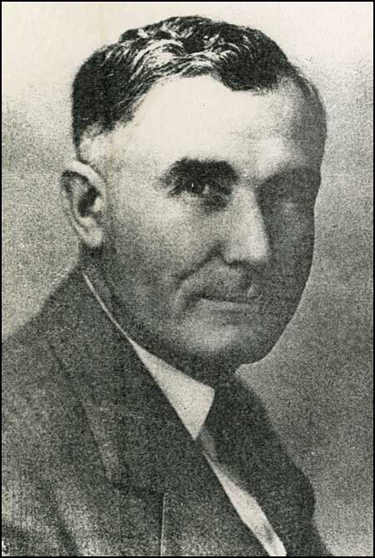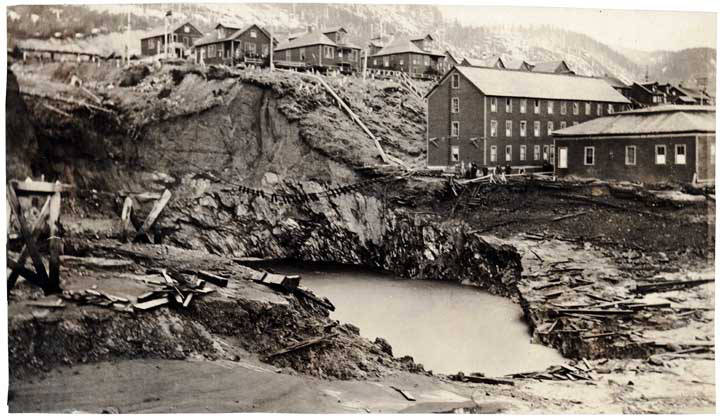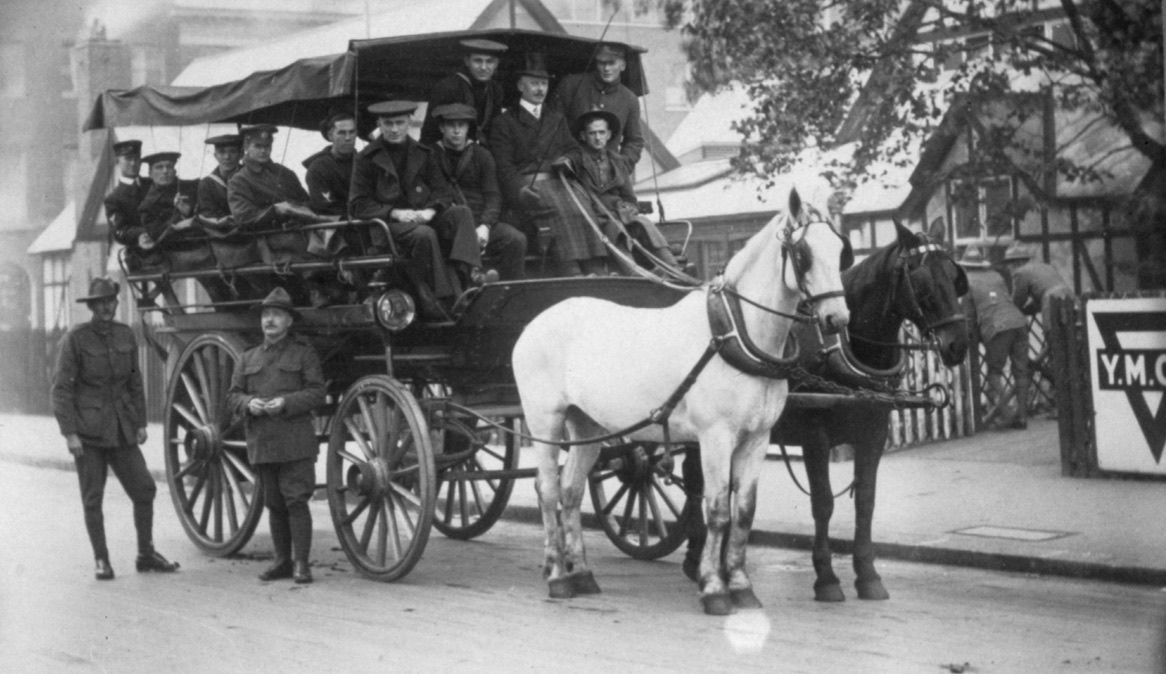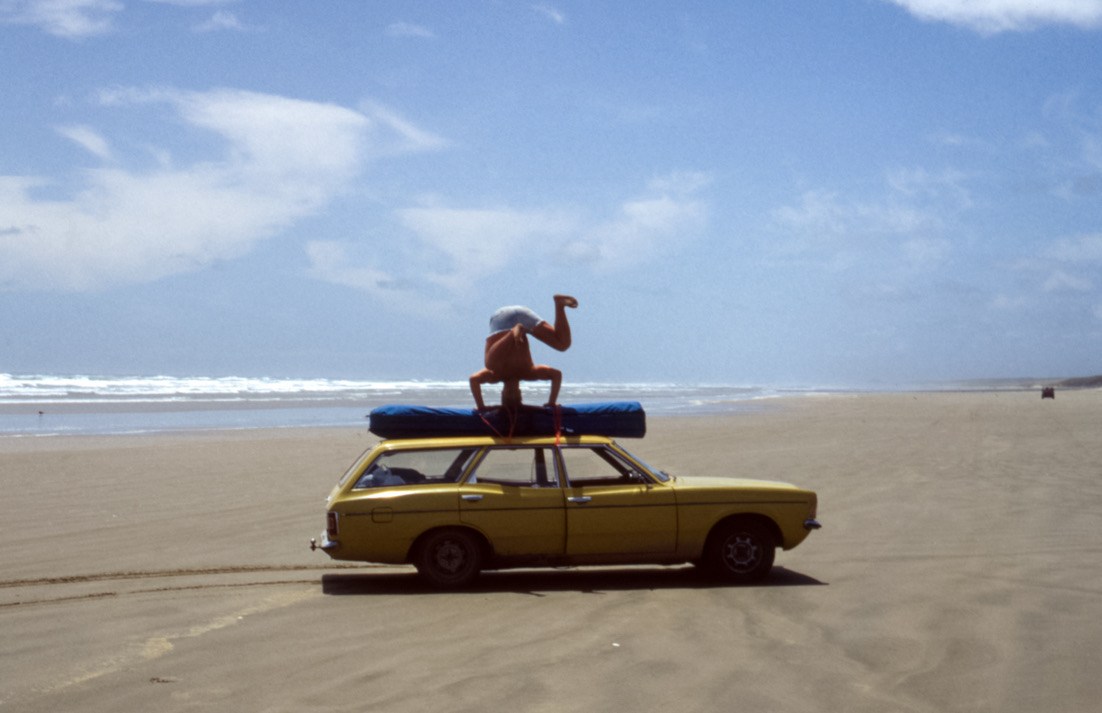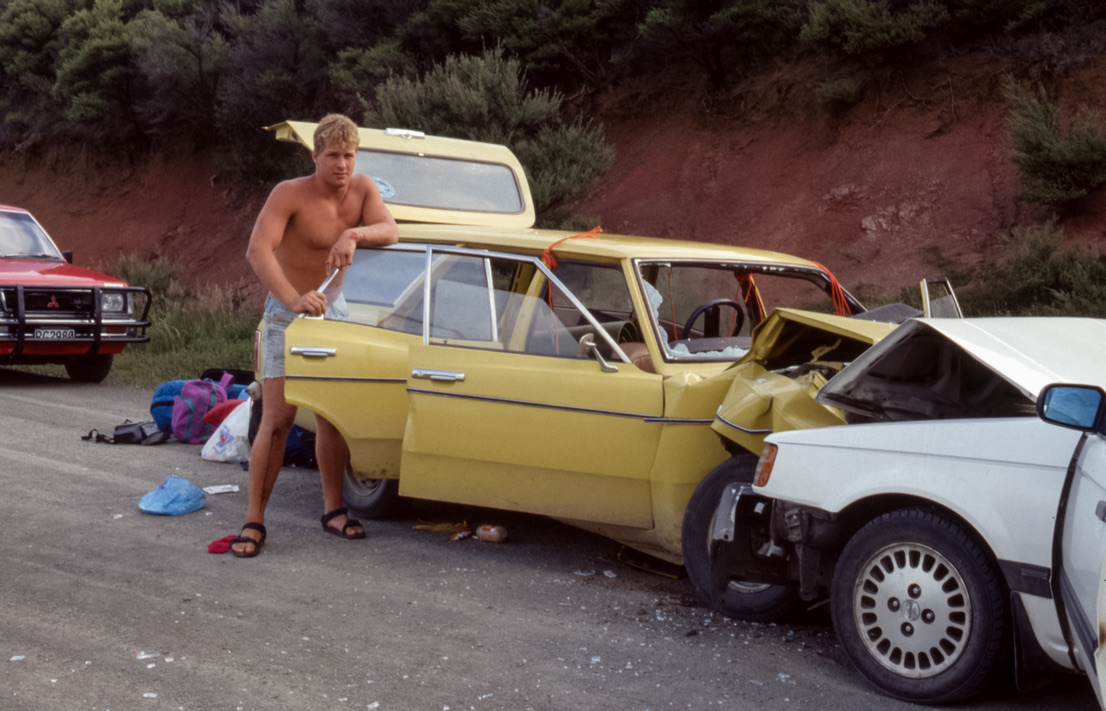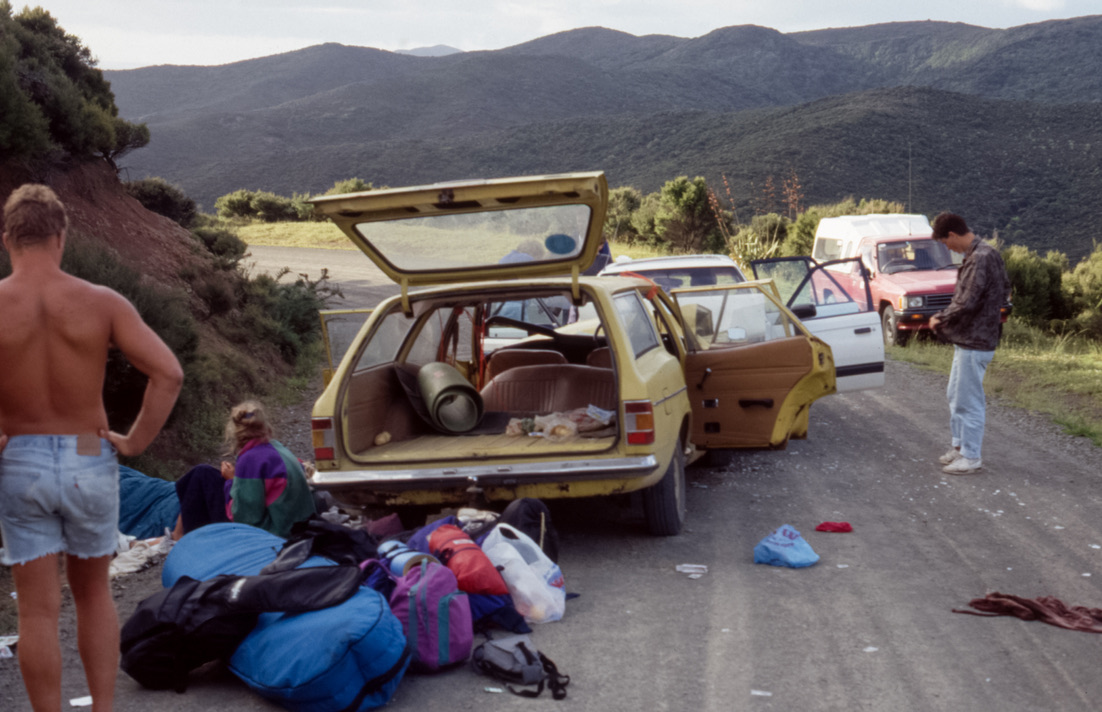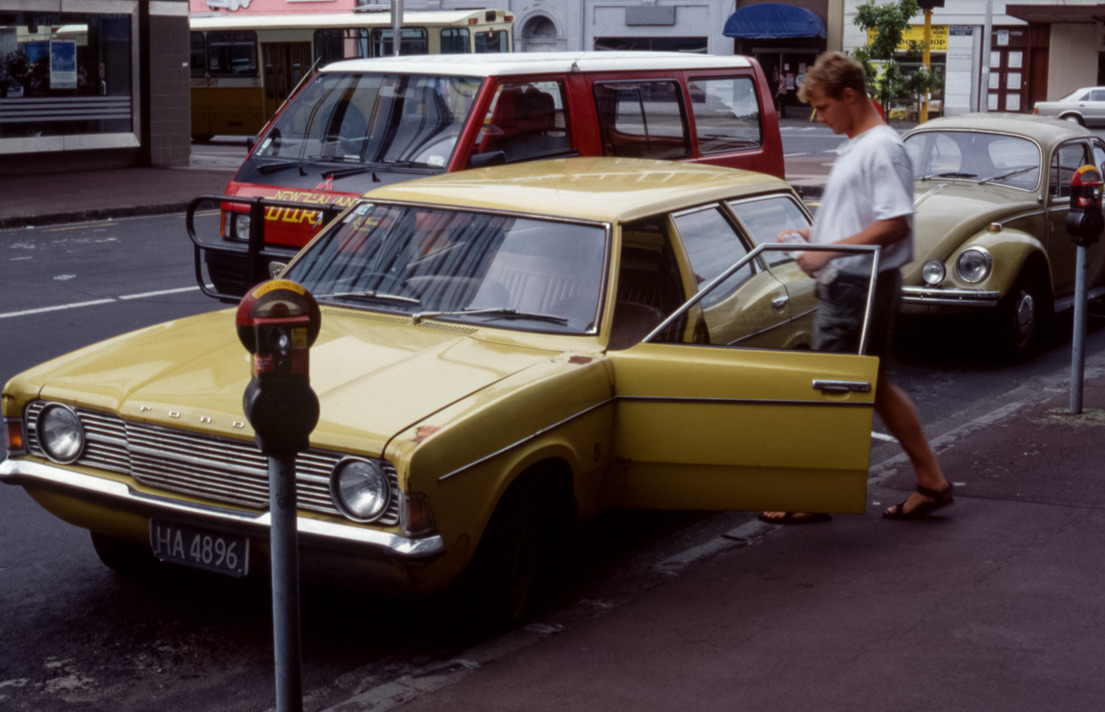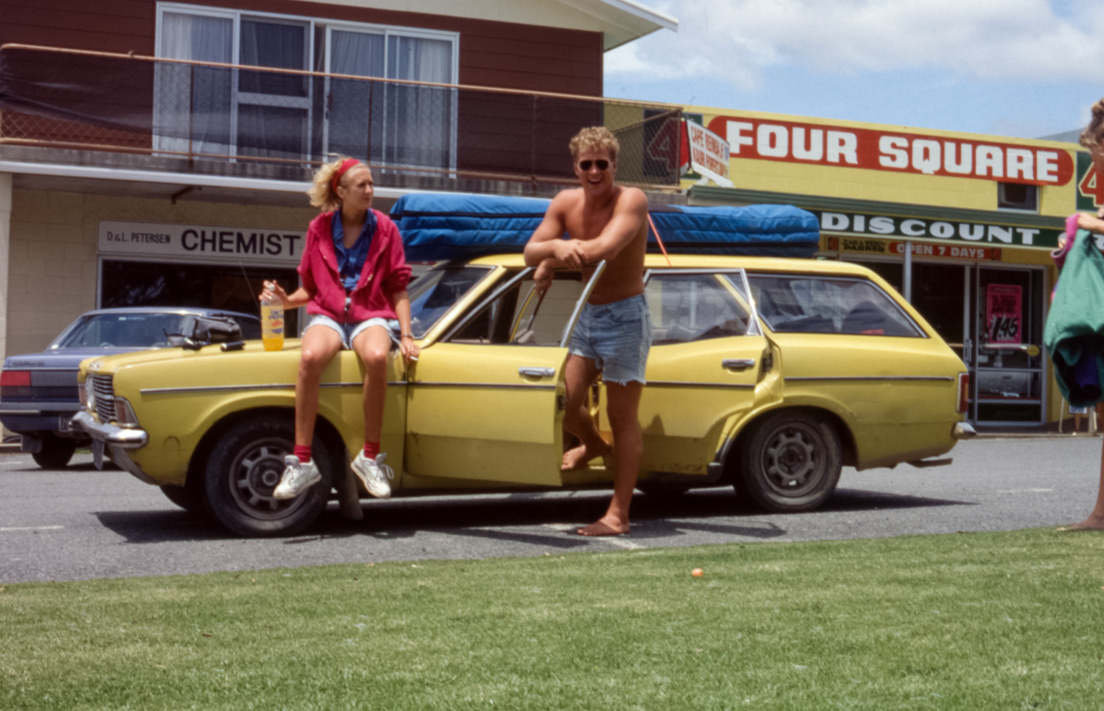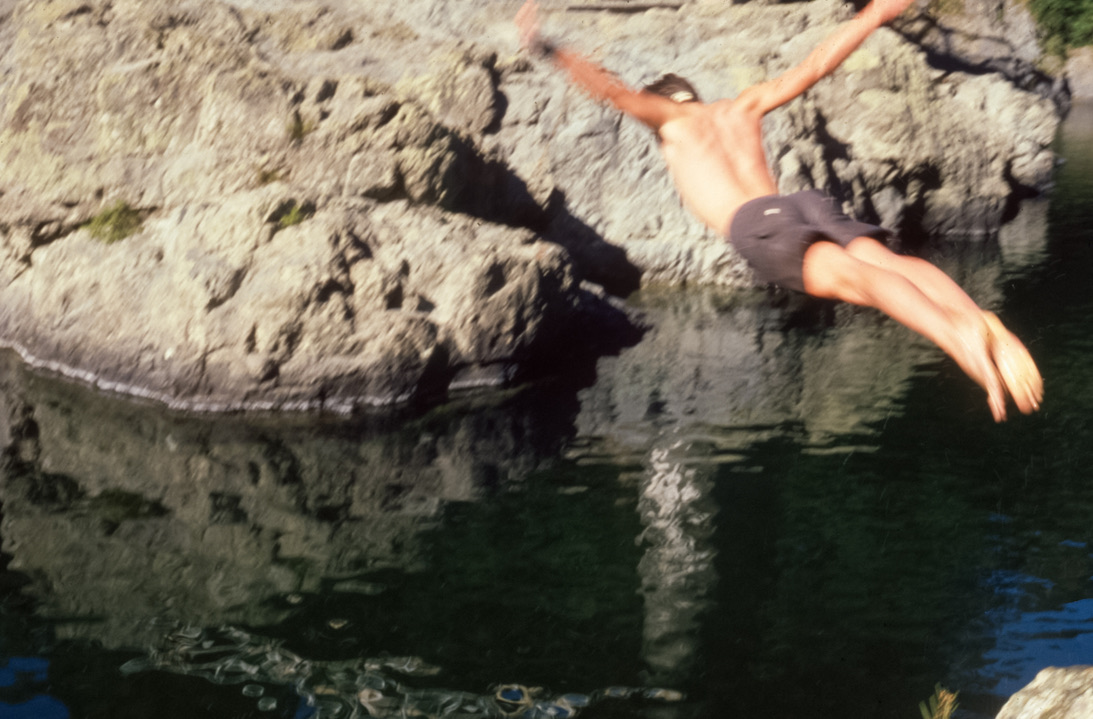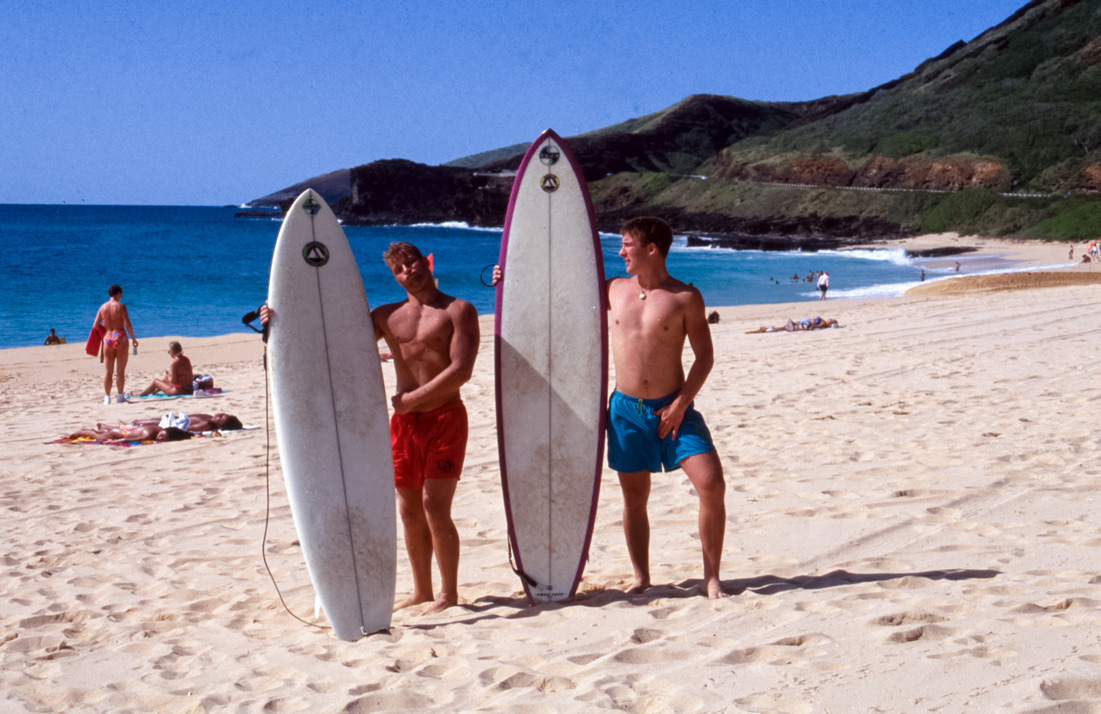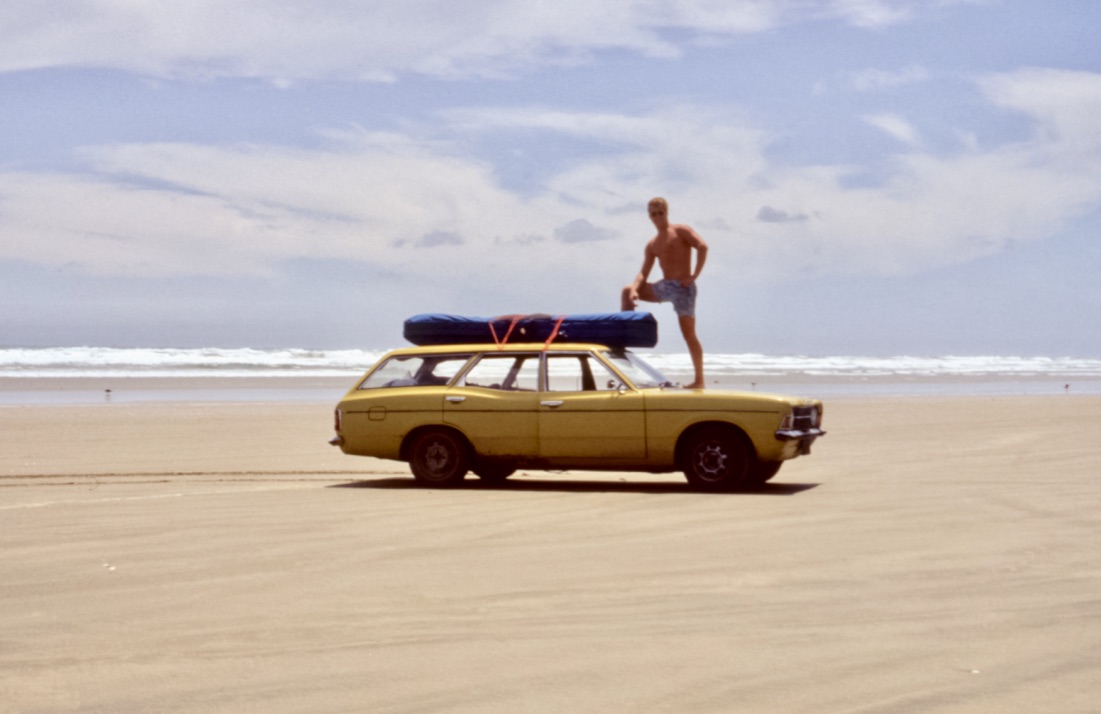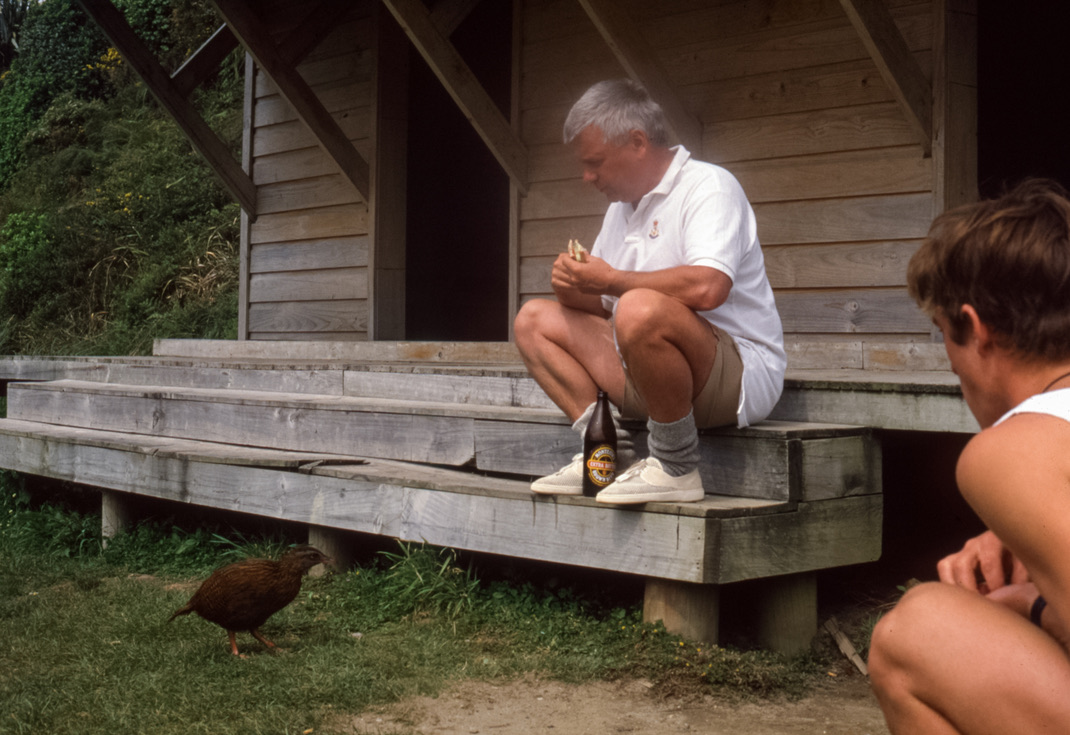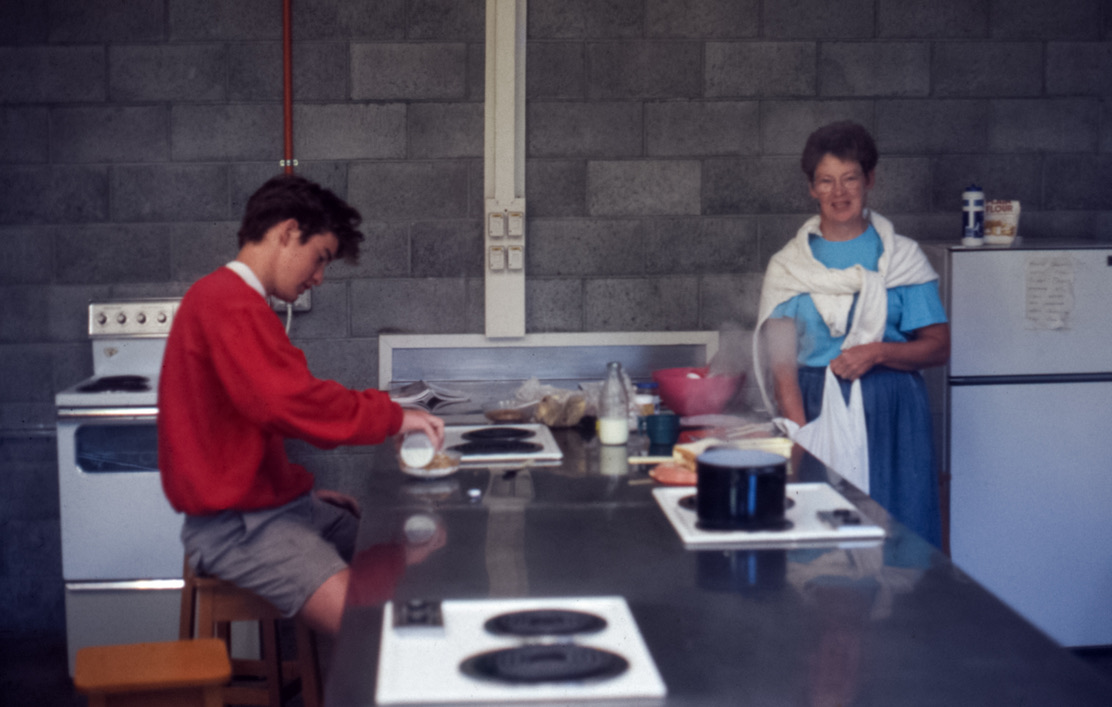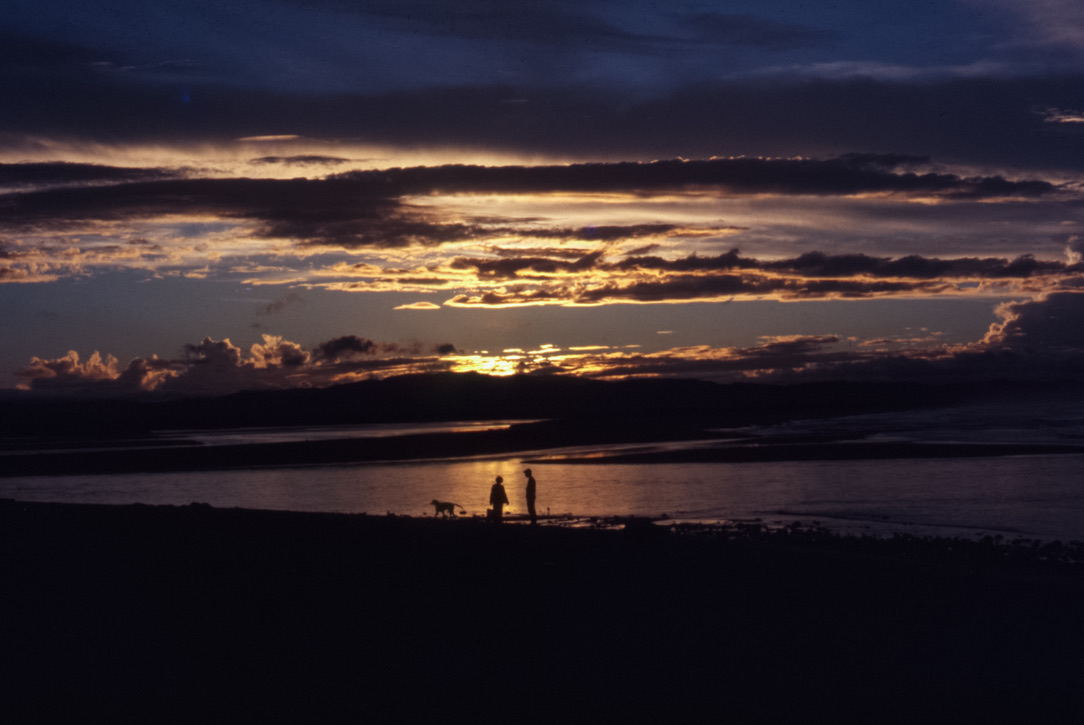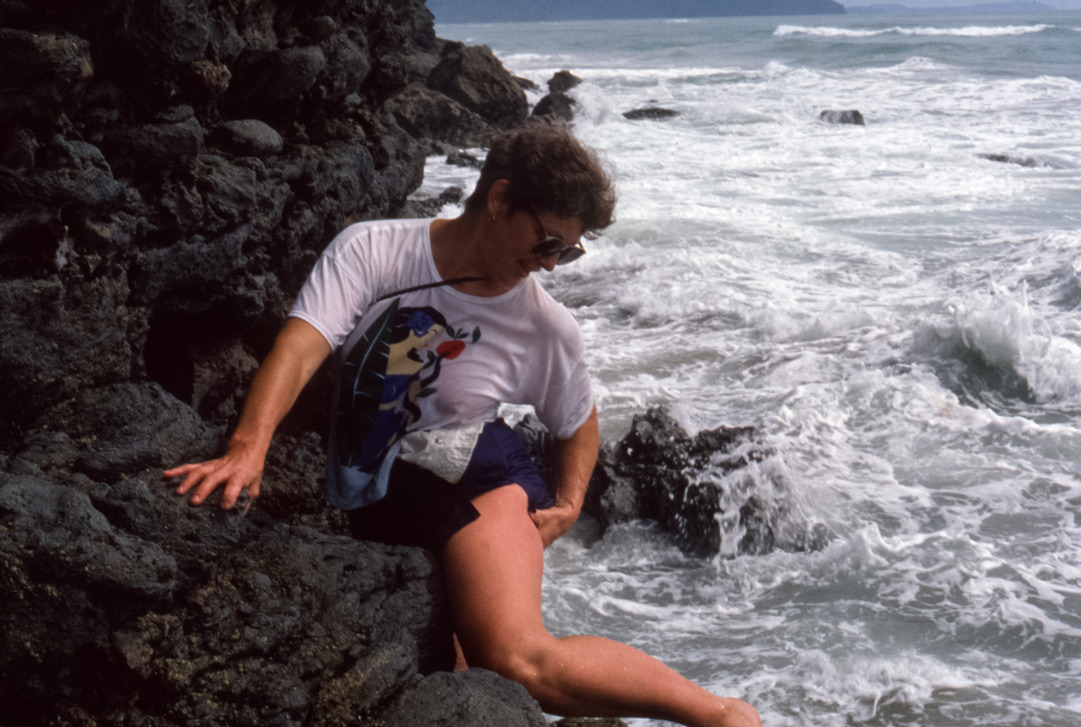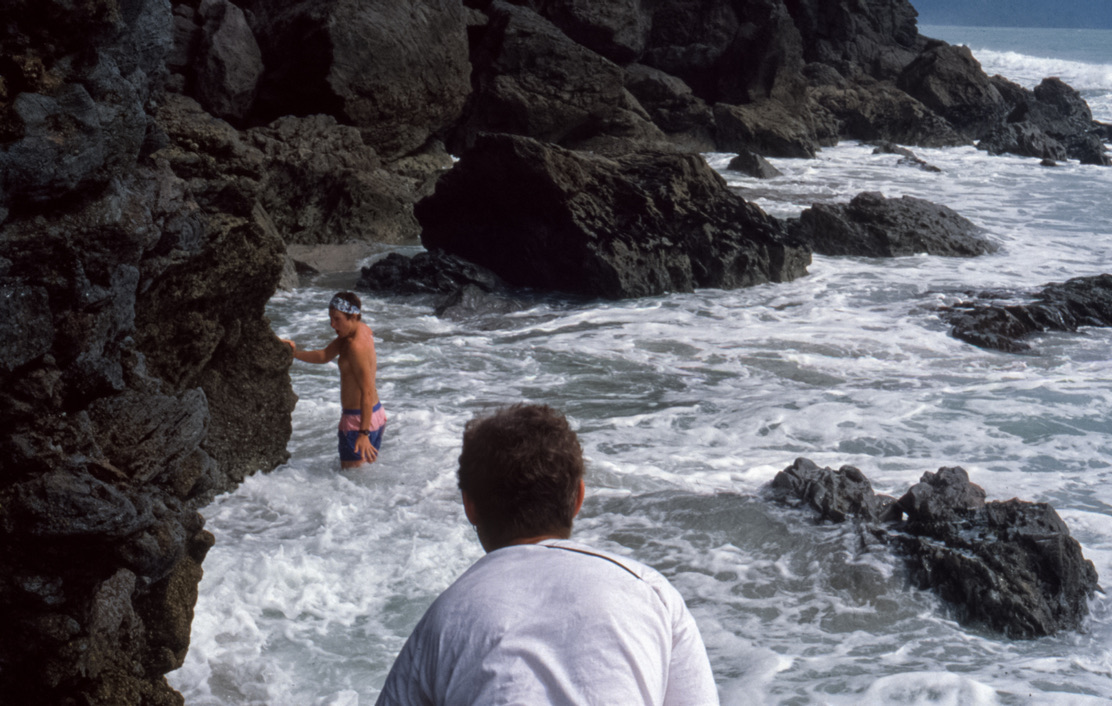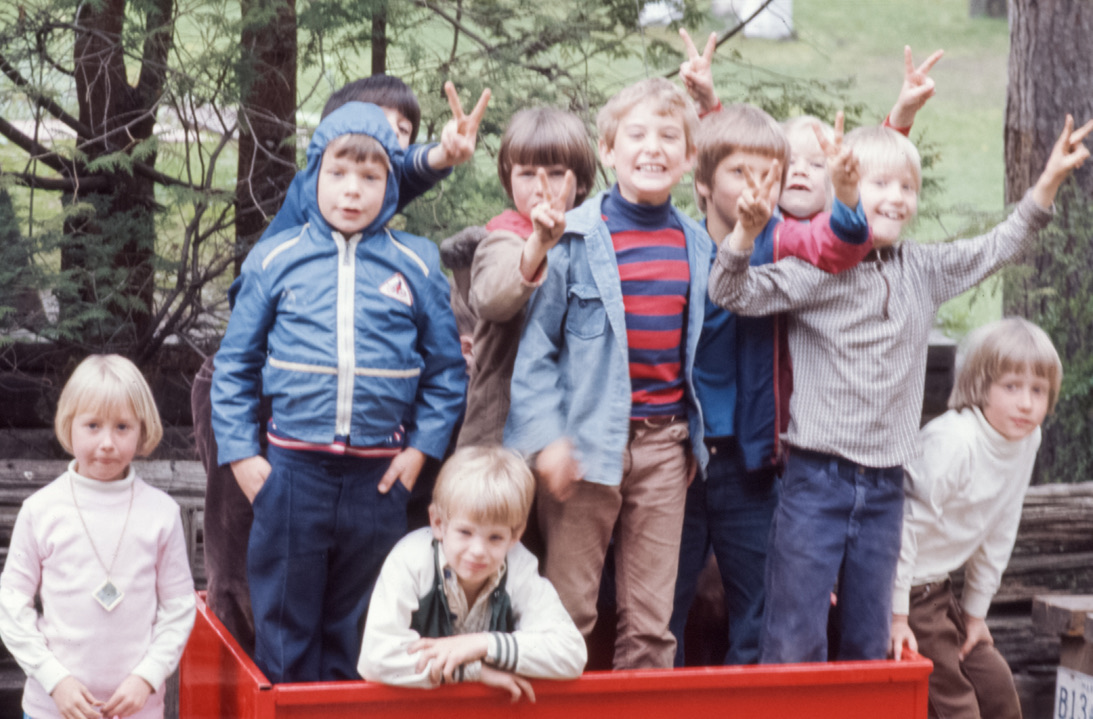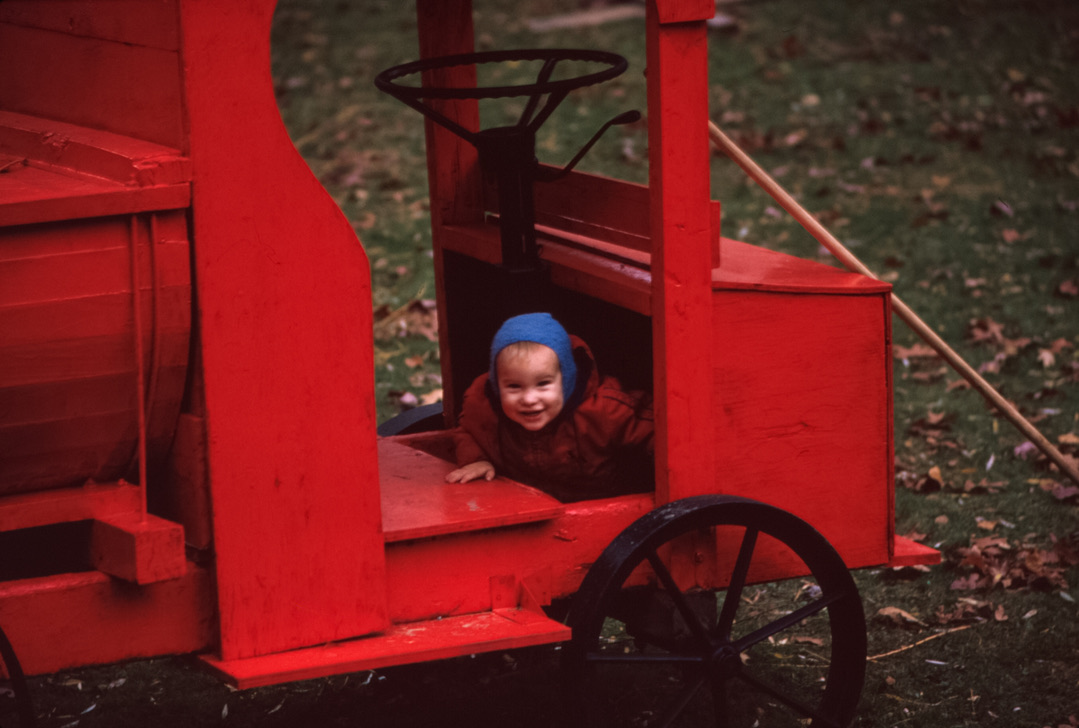EPISODE 217 YUKON DIARY 6 JULY 3 1962 DAWSON CITY
alan skeoch
Jan. 3, 2021
OVERVIEW
…DAWSON CITY.. Who pays the bill?
…SLEEP ON A LEDGE…IN POURING RAIN
…FLOOR SHOW…really on the floor
…FOXY…a lot of money had been spent by the Canadian government
…HARDWARE STORE…with no hardware
…MYSTERY MAN ACHINSON
…ROBERT SERVICE…Mc’Cluskey’s Nell
JULY 3, 1962
NOTE: How often has someone said to you, “Take a 3 day holiday
in Dawson City. You guys are working too hard?.” Bet, not many.
We forgot to respond
correctly by asking “All expenses paid?” We were rather stupid. This was
a three day holiday at our expense. Both of us did not have much spare
cash. “These 3 days could cost us $100″…nearly 1/3 of my monthly income.
So we did the trip as cheaply as we could nervously expecting Dr. Paterson
(in Toronto) to cover the $18 bus fare. He might take the costs our of our salaries.
To be frank WE SHOULD NOT HAVE GONE TO DAWSON CITY.
But that is an afterthought made today Jan. 3,2021.
DAWSON CITY HERE WE COME
“What a day this has been…what a rare mood I’m in….”
“You guys should take a 3 day holiday in Dawson.”
So Bill Scott and I drove from Peso to Mayo Landing where my U. of T. results
had arrived. Four firsts, two seconds. Whoopee! Not sure I deserved that.
Then Bill and I had two beers
before beginning the trip to Dawson City. The bus had only two other passengers
from Whitehorse. We saw two moose on the way to Dawson City.
Dawson City is a ramshackle place with many old frame buildings slowly sinking into
the permafrost… people with
nothing much to do…slipping into slobbering oblivion with too much alcohol in
their bloodstream. Just a fast opinion…could not be true.
BOMBAY PEGGY’S HOUSE OF ILL REPUTE…
Fair ladies of my lusty youth, I fear that you are dead and gone: Where's Gertie of the Diamond Tooth, And where the Mare of Oregon? What's come of Violet de Vere, Claw-fingered Kate and Gumboot Sue? They've crossed the Great Divide, I fear; Remembered now by just a few.
ROBERT SERVICE
Bill and I wandered all over town …I got some good pictures. Rather than eat
our pork and beans we decided to go all out andhad a buffalo meat supper.
Then We climbed the hill behind the town, carrying our sleeping bags. prepared our camp on a
narrow ledge
where once long ago some other fellows had pitched a tent. Then we got a warm fire
going for it was drizzling and very cold. We will try to sleep on some spruce
boughs…but sleep seems doubtful . We walked back to the main street of
Dawson and had two beers in a salloon…really dingy place. Many First Nations
people. We needed the beer to make us less uneasy about the night on the ledge.
In the bar Two older people…male and female…were making love on the
floor…no one remarked or seemed surprised… no one took much notice. Bill and I
tried to be nonchalant but gave each other a raised eyebrow message..
(NOTE: I Seem to remember The barman rolled and tried to roll them
out the door. That could not have been true. I was reticent to mention
this performance which was both comic and tragic…but it happened)
We walked back to our sleeping bags … crawled in …and rain came
down heavy. Sleep? Not a wink. .
Dawson City was losing any charm it once had in my mind.
Expenses (chargeable?)
insect repellent $3.19
hunting knife 4.50
Bus fare 12.00
Food (3 days) 18.00
Total $27.69
DARE WE SUBMIT THIS?
Personal expenses
Necklace for Marjorie $7.50
Foxy 6.00
Rum 9.00
Food (3 day) 3.00
Beer 3.00
Cards 2.00
Total $30.50
July 6,1962
“What’s that?” “Something crackling!” I was suddenly awakened at 6 a.m. to discover
two Big dogs…right in camp with us. Silent. Staring. Were they hungry? My sleeping bag was soaking wet
from the rain. Cold pork and beans and a box of cookies sitting
in our rain soaked sleeping bags with a Labrador Retriever on one side and what looked
like a wolf on the other side while gazing down at Dawson City far below. The
dogs wandered away.
We had a full day in Dawson City. More time than we needed. On the main street we stopped at a tent
with sign ‘Bank of B.N.A.’ where a hostess was pleasant. “You really must see Foxy…at the theatre”
We needed a place to dump our soaked sleeping bags…not a play at the fancy theatre.
OCCIDENTAL HOTEL…EARLY PICTURE…NOT SO ROUGH WHEN WE STAYED THERE
OCCIDENTAL HOTEL IN 1977…NOT DOING SO WELL…
BANK OF COMMERCE WHERE ROBERT SERVICE WORKED
“Let’s register in the Occidental
Hotel for tonight…dump our bags..” Got a nice old fashioned room with two beds for $9. Wandered around
noting some of the Dawson old timers who would just have been born back in the 1890’s
gold rush days. Then back to the Occidental for a nap as we sure did not get much sleep
last night.
I bought Marjorie a necklace for $7.50. Then we had a big supper in the Occidental
dining room. The actor Bert Lahr sat at the next table. The star of the special
play Foxy for whom the brand new theatre had been built. Dawson City was
expecting a big tourist boom this summer. Lots of federal money had been spent…most
of it constructing the theatre and more to import the professional cast of actors
and dancers. I remembered flying north with some of the chorus girls who
were very excited. I wondered what they thought now…a month later.
The Balance Grand theatre.
The girls of Dawson in the Gold Rush Days…maybe.
I DID not see any of the chorus girls who were on my flight to Vancouver a month ago. They were so excited to be part of the musical Foxy
…excited to be living in Dawson City for the summer. No sign of them here below.
We bought tickets at the Palace Grand for tonight’s performance of Foxy
which turned out to be a good show. It tried to capture the essence
of Dawson City and did so.
The plot: Three old prospectors hobbled through a milling crowd…spectres from
the past that no-one cared about …gold rush days remembered. We enjoyed
the play. Not too many other tourists in town.
Then we went down to the Bonanza bar and drank in some of the atmosphere
of Dawson. Felt pleasantly good. The barmaid was a very pretty First Natons
girl. Went back to the Occidental where Bill went to bed and I wrote Marjorie
a letter from the vintage hotel foyer.
We were not having a great time really. Might have been better to save
our money and stay back in camp.
Thursday July 5m 1962
Up at 6 a.m. and out in the sunshine thankfully. With my camera..trying
to capture the gold rush flavour of Old Dawson City which is easy to do.
…the old hotels, the restored stern wheeler S.S.Keno hauled up on
the Yukon River shore, the slanted ruins of the hardware store, the
Presbyterian Church where the basement has been returned to the
permafrost (chairs and tables and hymn books covered nice), etc.
Then I went back to wake Bill up at our Occidental room where we
had breakfast with a drunk and a welfare case from Mayo Landing
(native lady with 6 kids)….All of us boarded the bus for the return
trip to Mayo.
WAITING FOR THE BUS ….GOING HOME TO MAYO LANDING
Nice drive down the Alaska highway to Stewart
crossing where Mr. Hutton met us and we hooked left to Mayo in
his truck. Nice to be heading home.
At Mayo we got into a conversation with Jack Atchinson, a placer miner…on
Haggert Creek. Pleasant fellow. He bought me a beer and I pulled up a
chair at a liege table where he was
entertaining two women from Elsa…an Australian girl married to a
man from United Keno and her friend. quite normal people…families
from Elsa where the population was 600 in 1962 . Boom times. Lots
of silver ore. Sober people. Families with kids.
(NOTE: This meeting with Jack Atshinson turned out not
to be accidental. I would meet him later. He was a big time
placer miner who was interested in us…wanted to hire to help him.)
Then we had to face the terrible walk back to our camp at Peso Silver from Haggart
Creek. We had no way to tell the camp we were coming back so
we had to walk .. to climb really …for five mlles from the bottom
of the Great Valley to the Peso Camp. We were welcomed
when we got back. Everyone was surprised.. Dirk drove down
and got our wet sleeping bags.
Glad to be back home.
Was the three day holiday worth it? Not really…it it was
somewhat interesting…got some good pictures. The best
thing about the Dawson Episode was that it gave me
a great idea as to how I would leave the
Yukon when the job was over.
How would I leave the Yukon ?
…cold cans of port and beans….White Pass bus to Whitehorse
…White Pass Railway to Skagway
…Ferry boat to Juneau Alaska
…”Big 707 set to go” flight to Seattle
…Then flight home to Toronto
…all I Would need was a spoon and a can opener.
alan skeoch
Jan. 3 2021
HERE’S A ROBERT SERVICE POEM THAT YOU MIGHT LIKE
MC’CLUSKEY’S NELL
BY ROBERT SERVICE
In Mike Maloney’s Nugget bar the hooch was flowin’ free, An’ One-eyed Mike was shakin’ dice wi’ Montreal Maree, An roarin’ rageful warning when the boys got overwild, When peekin’ through the double door he spied a tiny child. Then Mike Maloney muttered: “Hell! Now ain’t that jest too bad; It’s Dud McClusky’s orphen Nell a-lookin’ for her dad. An’ him in back, a-lushin’ wine wi’ Violet de Vere- Three times I’ve told the lousy swine to keep away from here.” “Pore leetle sing! He leaves her lone, so he go on ze spree: I feex her yet, zat Violet,” said Montreal Maree. Now I’m accommodatin’ when it comes to scented sin But when I saw that innocent step in our drunken din, I felt that I would like to crawl an’ hide my head in shame. An’ judgin’ by their features all them sourdoughs felt the same. For there they stood like chunks o’ wood, forgettin’ how to swear, An’ every glass o’ likker was suspended in the air. For with her hair of sunny silk, and big, blue pansy eyes She looked jest like an angel child stepped outa paradise. So then Big Mike, paternal like, took her upon his knee. “Ze pauv’ petite! She ees so sweet,” said Montreal Maree. The kid was mighty scared, we saw, an’ peaked an’ pale an’ sad; She nestled up to One-eyed Mike jest like he was her dad. Then he got strokin’ of her hair an’ she began to sob, An’ there was anger in the air of all that plastered mob, When in a hush so stark an’ strained it seemed to stab the ear, We heard the lush, plunk-parlour laugh o’ Violet de Vere. Then Montreal Maree arose an’ vanished from our sight, An’ soon we heard the sound o’ blows suggestin’ female fight. An’ when she joined the gang again dishevelly was she: “Jeezecrize! I fix zat Violet,” said Montreal Maree. Then Barman Bill cam forward with what seemed a glass o’ milk: “It’s jest an egg-nog Missy, but it’s slick an’ smooth as silk.” An’ as the kiddy slowly sipped wi’ gaze o’ glad surprise, Them fifty sozzled sourdoughs uttered fifty happy sighs. Then Ragtime Joe swung on his stool an’ soft began to play A liltin’ tune that made ye think o’ daffydills in May; An’ Gumboot Jones in solemn tones said: “You should hear her sing; They’ve got the cabin next to mine, an like a bird in Spring, She fills that tumble-down old shack wi’ simple melodee.” “Maybe she sing a song for us,” said Montreal Maree. Now I don’t hold wi’ mushy stuff, tear-jerkin’ ain’t my line, Yet somehow that kid’s singin’ sent the shivers down my spine; An’ all them salted sourdoughs sighed, an’ every eye was dim For what she sang upon the bar was just a simple hymn; Somethin’ about “Abide with me, fast falls the eventide,” My Mother used to sing it – say, I listened bleary-eyed. That childish treble was so sweet, so clear, so tender true, It seemed to grip you by the heart an’ did queer things to you. It made me think o’ childhood days from sin an’ sorrow free: “Zat child, she make me want to cry,” said Montreal Maree. Then up spoke One-eyed Mike: “What can’t with us let her abide; For her dear Mother’s sake we gotta send that kid outside. Ye know this camp’s a den o’ sin, ye know that Dud’s no dice – Let’s stake her to a convent school, an’ have her brought up nice.” An’ so them bearded sourdoughs crowded round an’ on an’ all, Dug down an’ flung upon the bar their nuggets great and small. “I guess we got a thousand bucks,” exulted One-eyed Mike; “You bastards are a credit to the camp of Lucky Strike.” “You see zis leetle silver cross my mozzaire give to me – Look, boys, I hang it on zee gosse,” said Montreal Maree. Time marches on; that little Nell is now a famous star, An’ yet she got her singin’ start on Mike Maloney’s bar. Aye it was back in ninety-eight she made her first dayboo, An’ of that audience to-day are left but only two. For all them bibulous sourdoughs have bravely passed away. An’ Lucky Strike is jest another ghost town to-day. But Nell now sings in opera, we saw her in Boheem; ‘Twas at a high-toned matinay, an’ say! she was a dream. So also thought the white-haired dame a-sittin’ down by me – My lovin’ spouse that once was known as Montreal Maree.
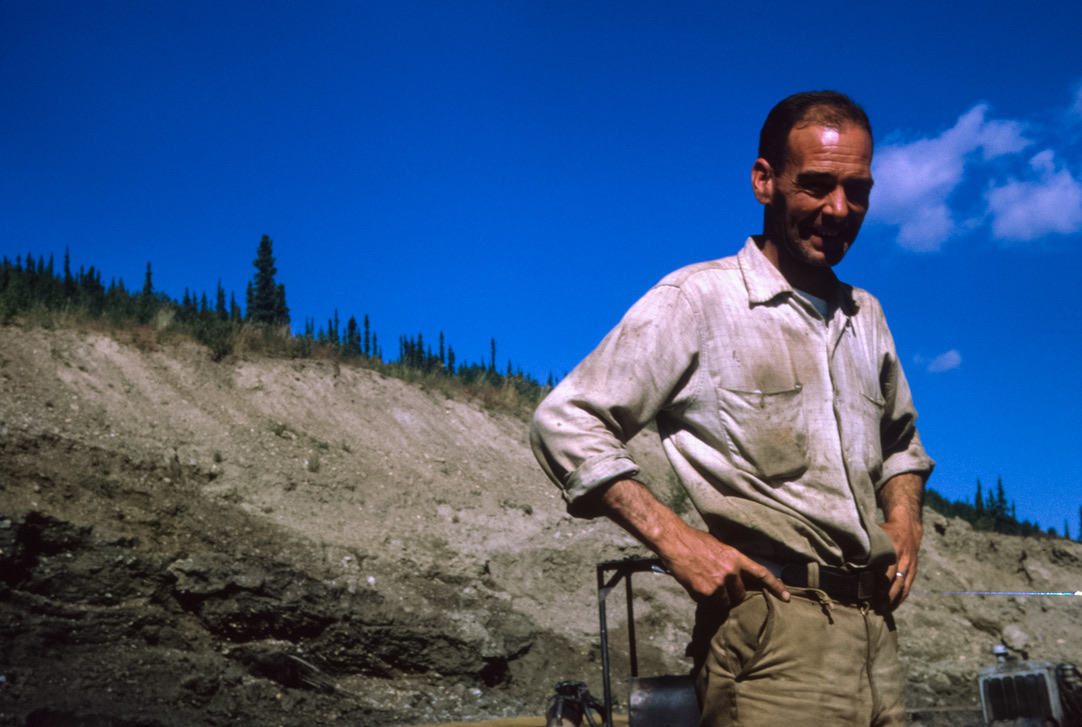
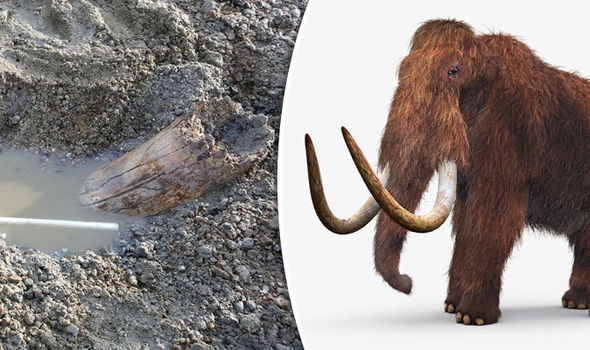



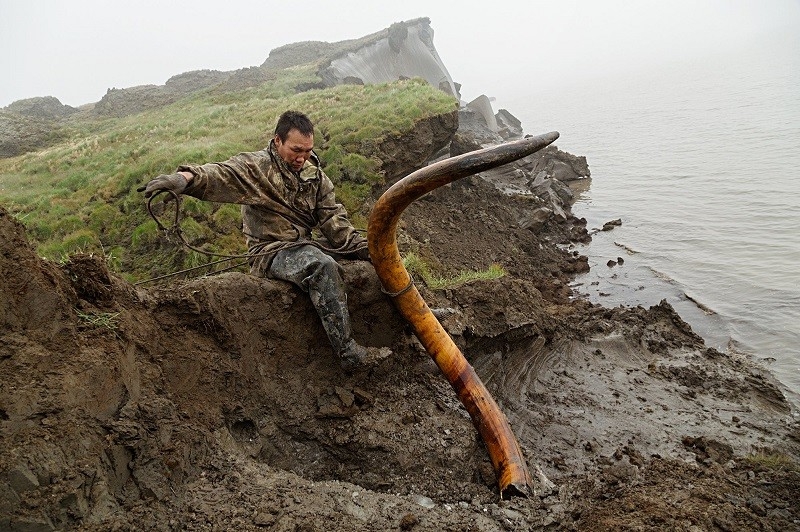
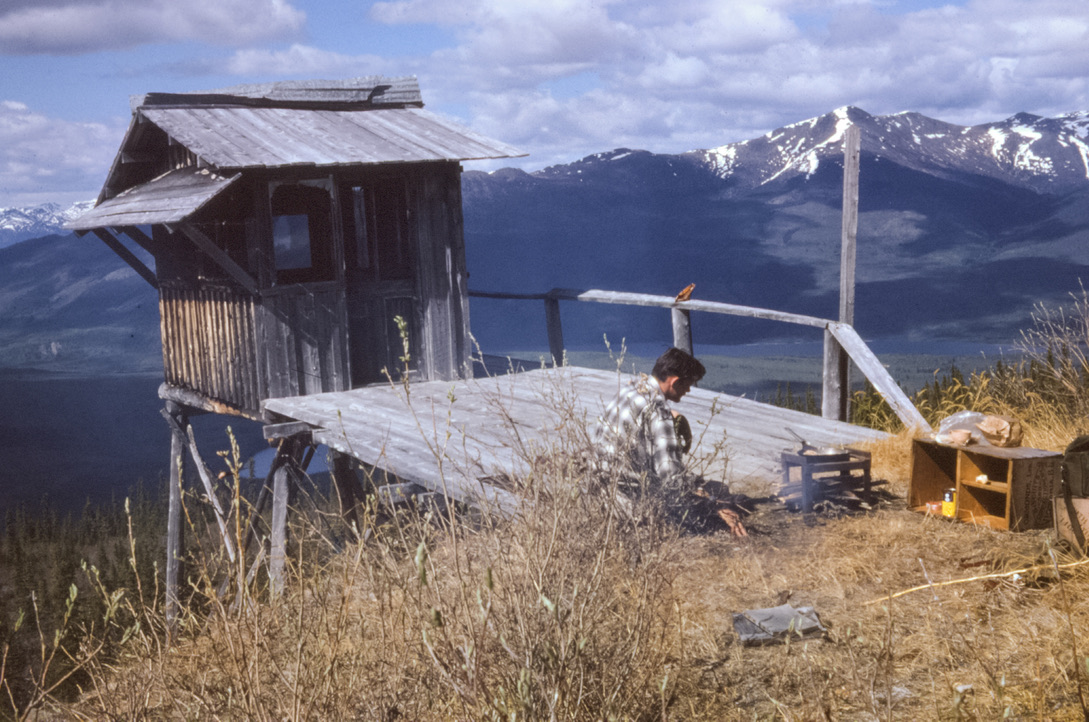
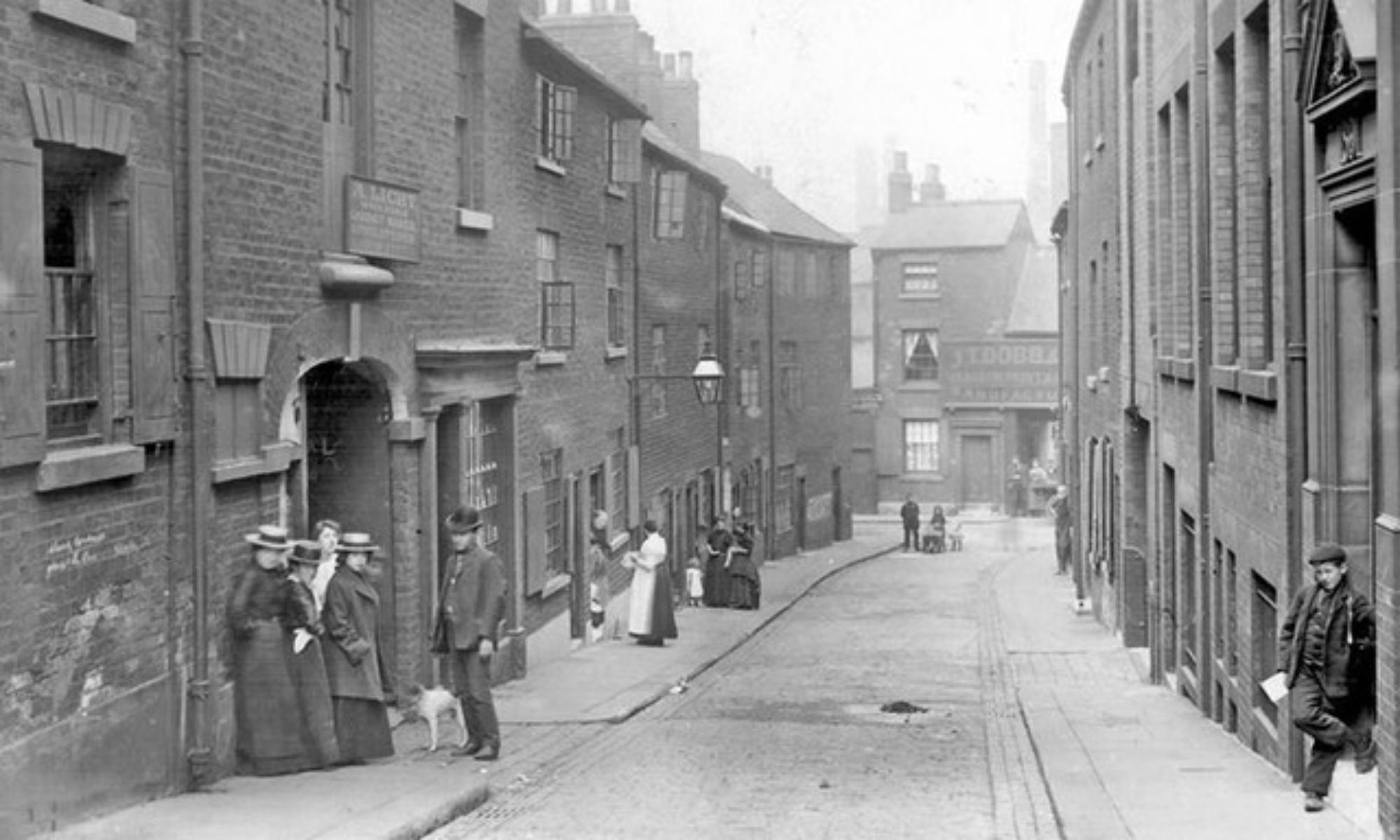
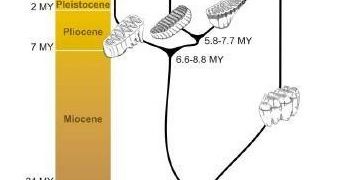
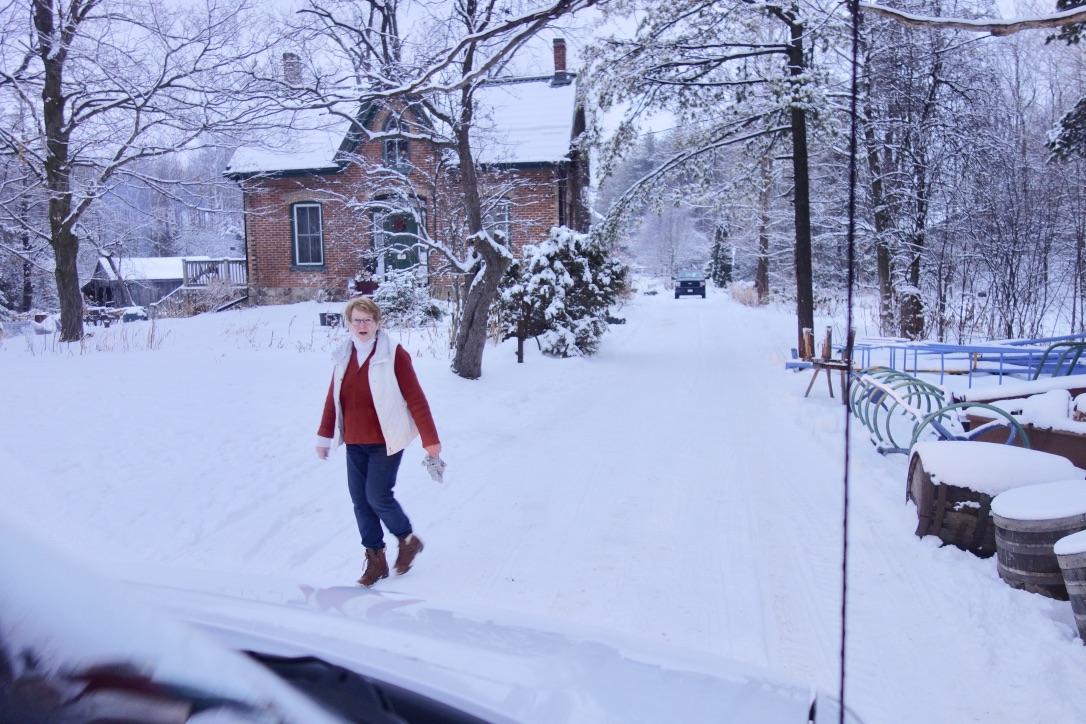


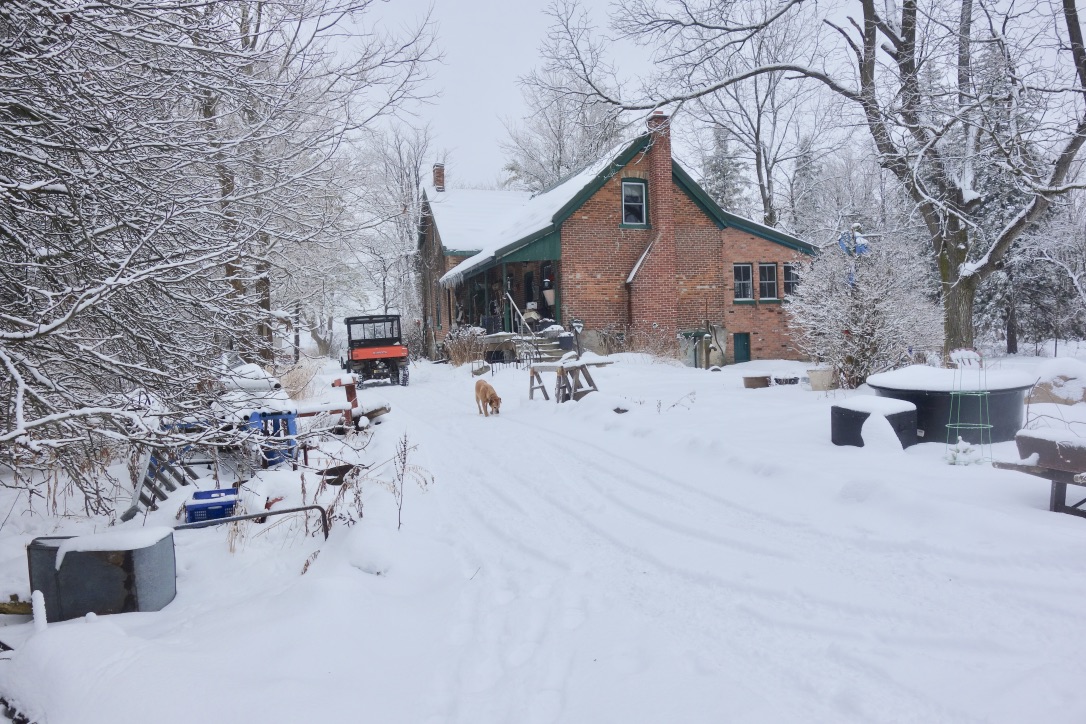

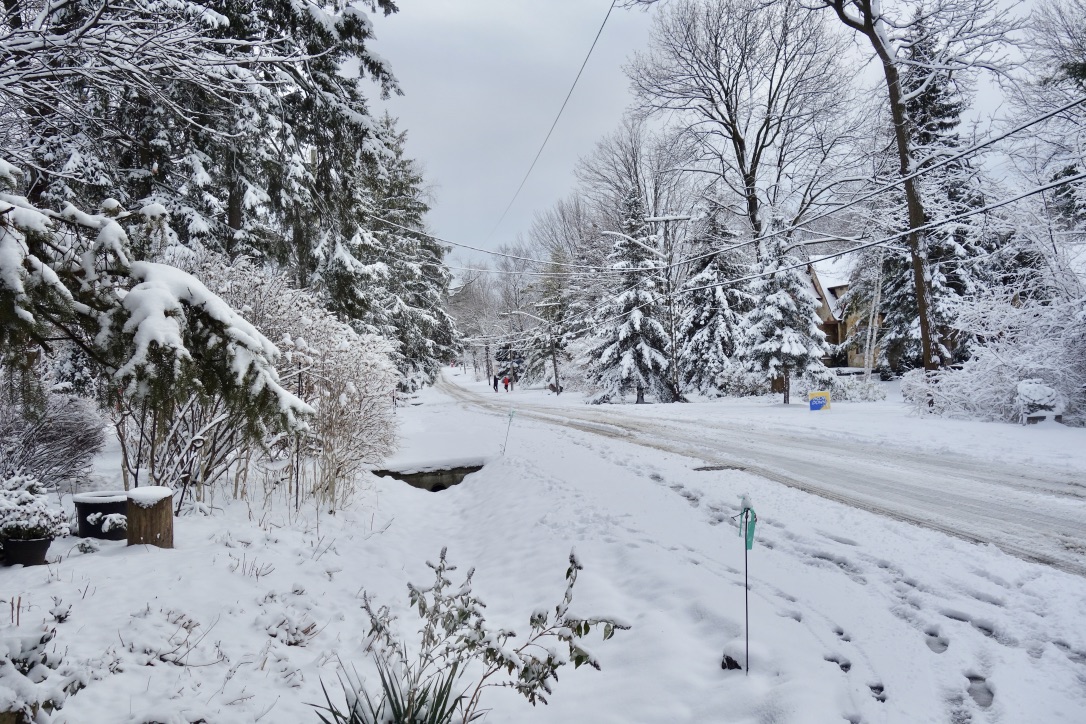
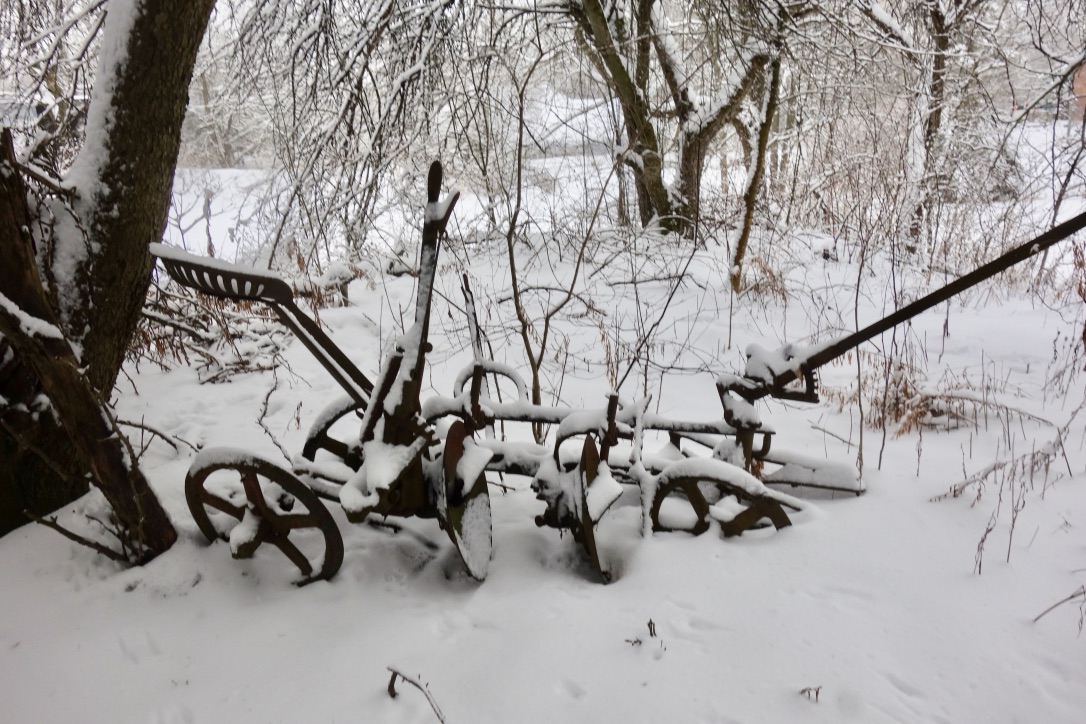
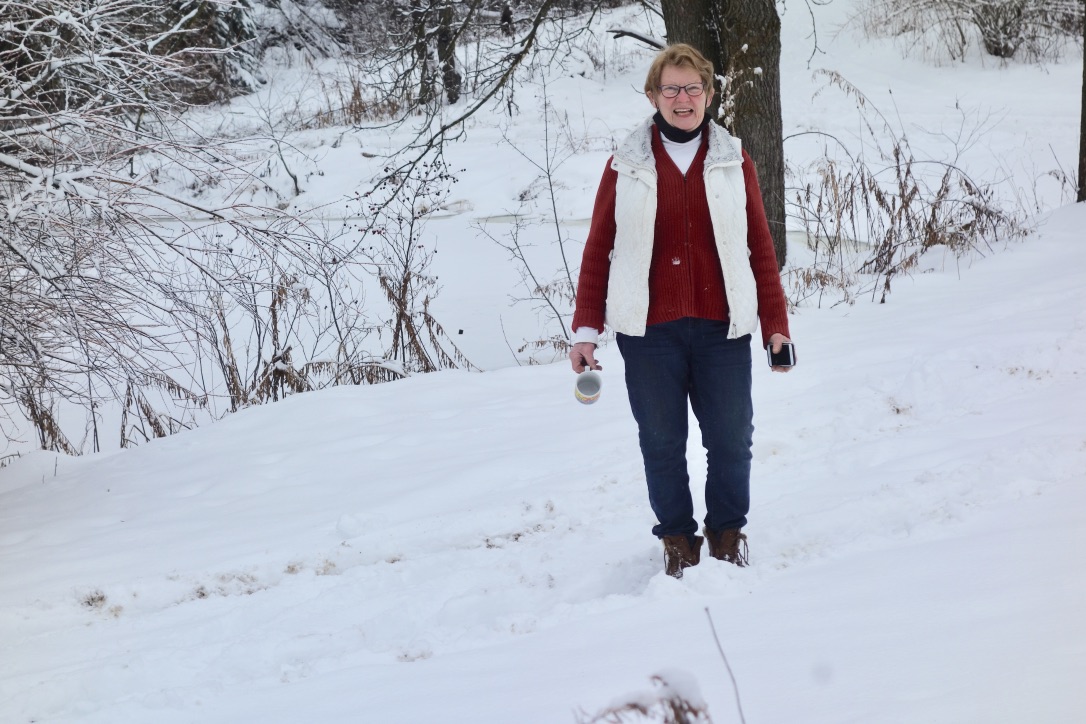
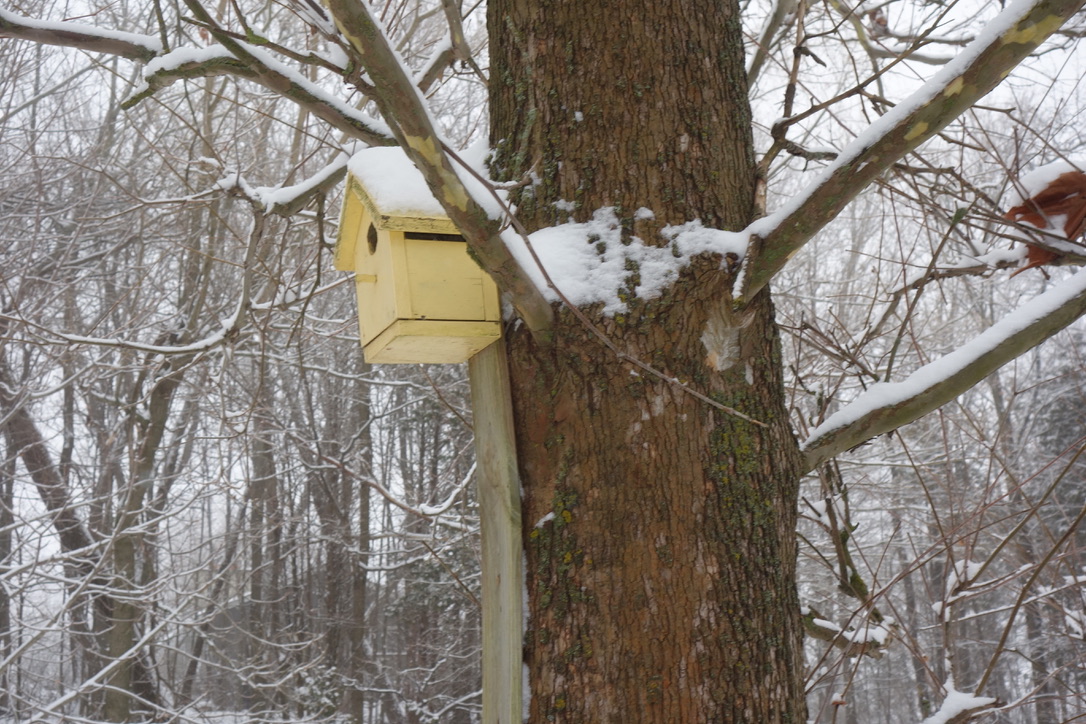
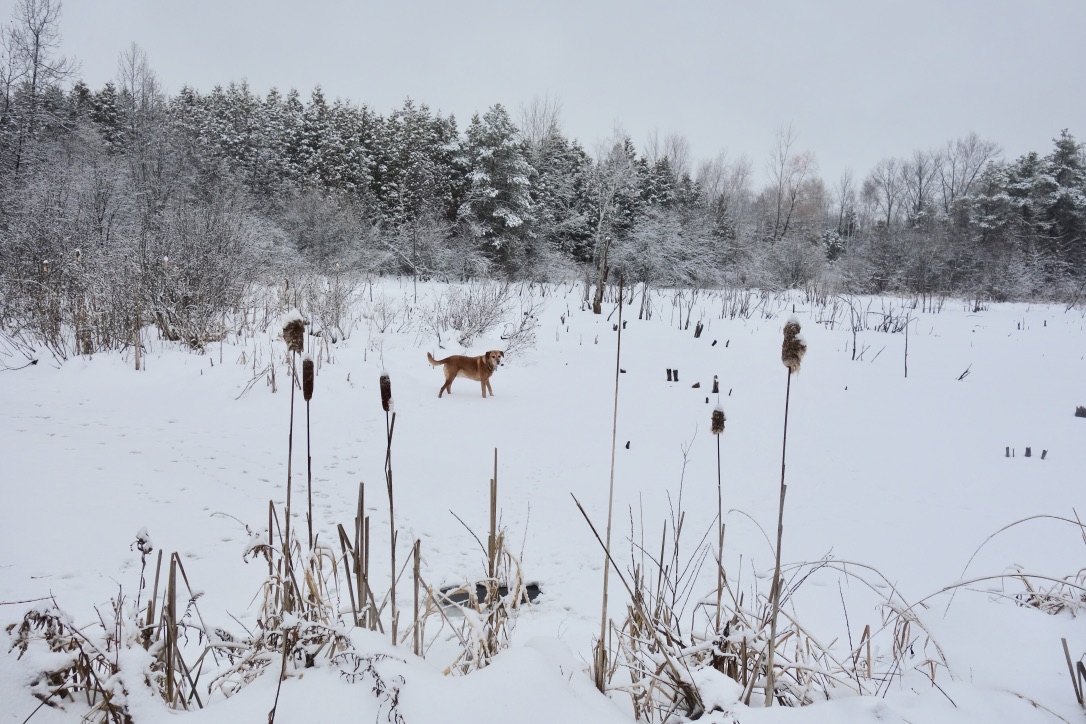
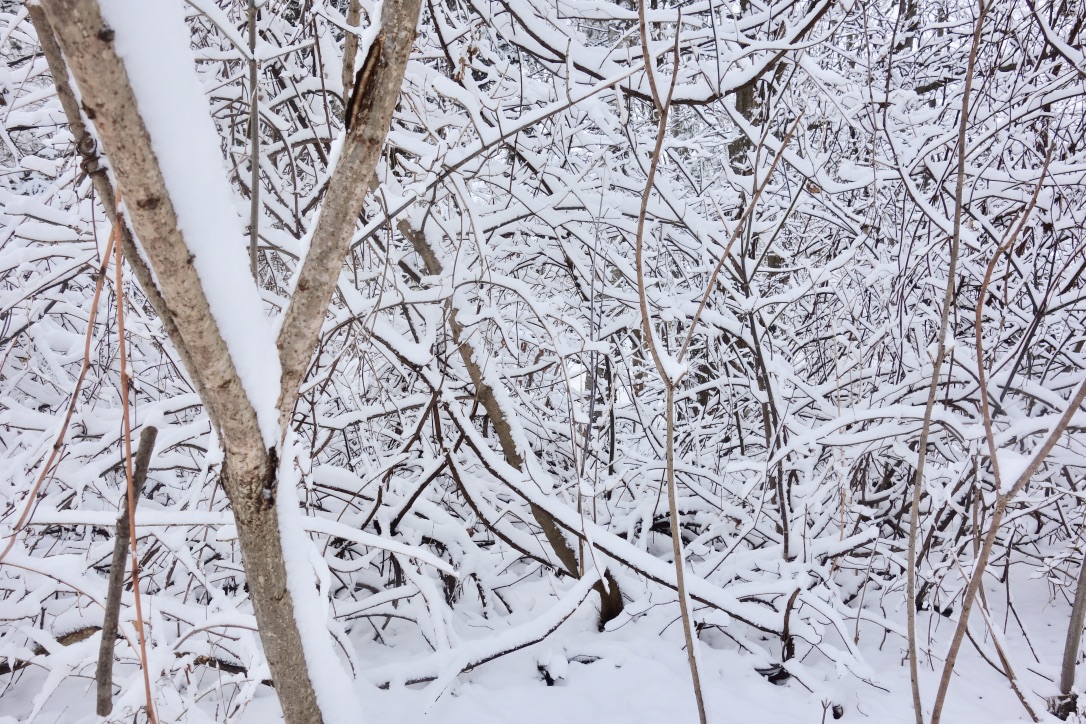
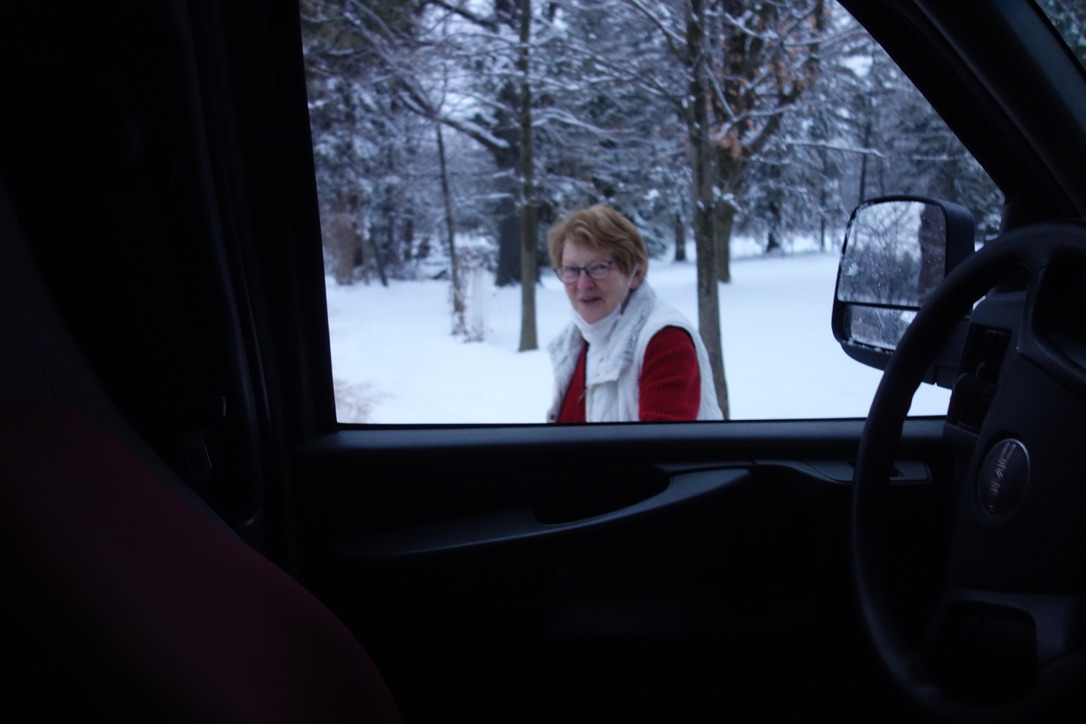
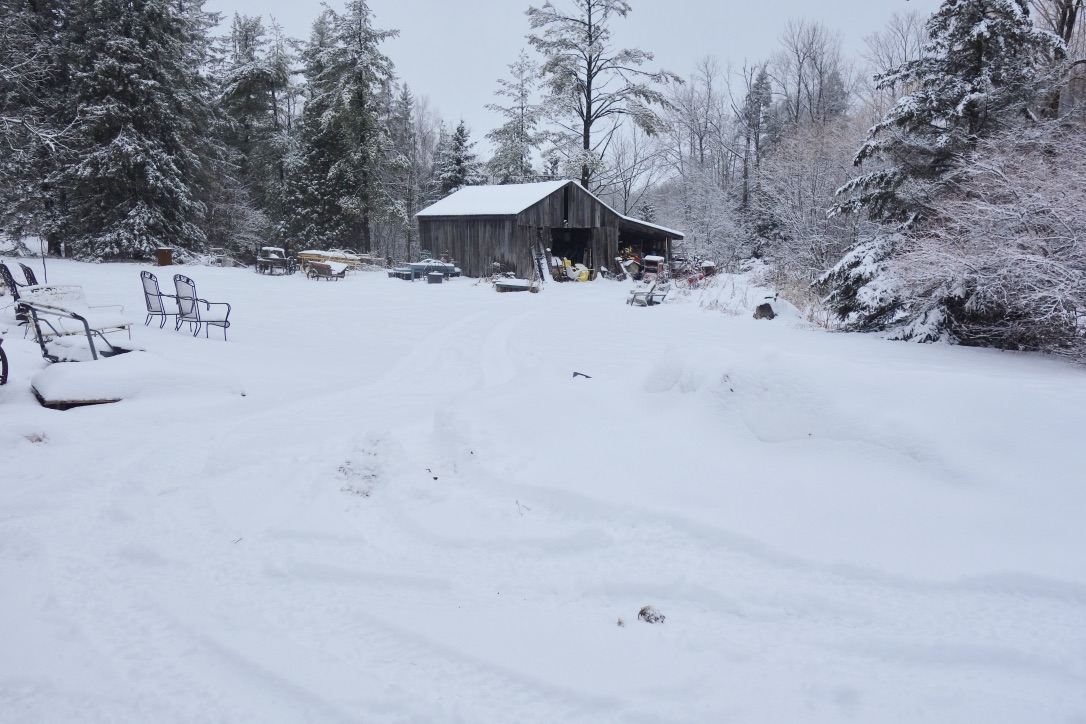
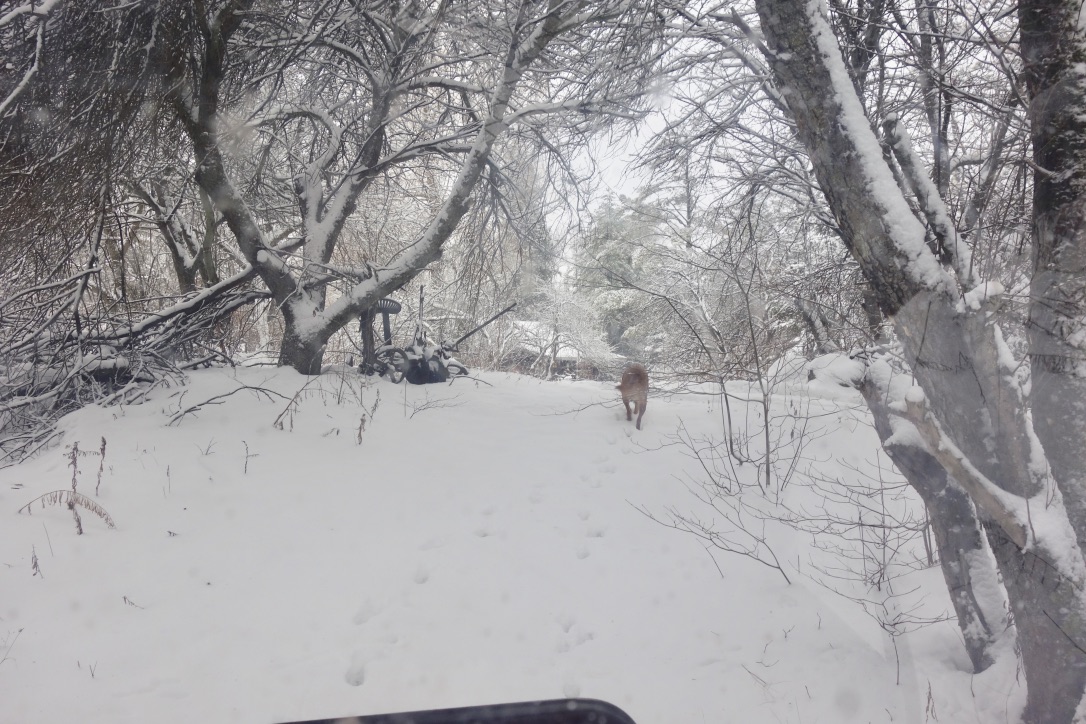
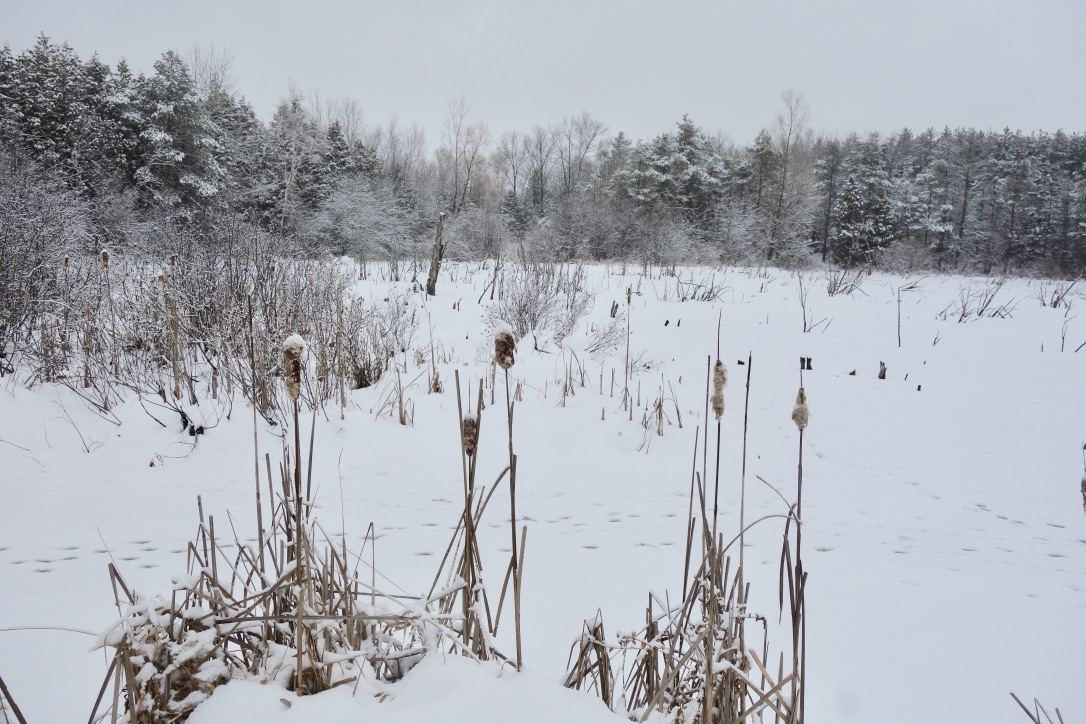

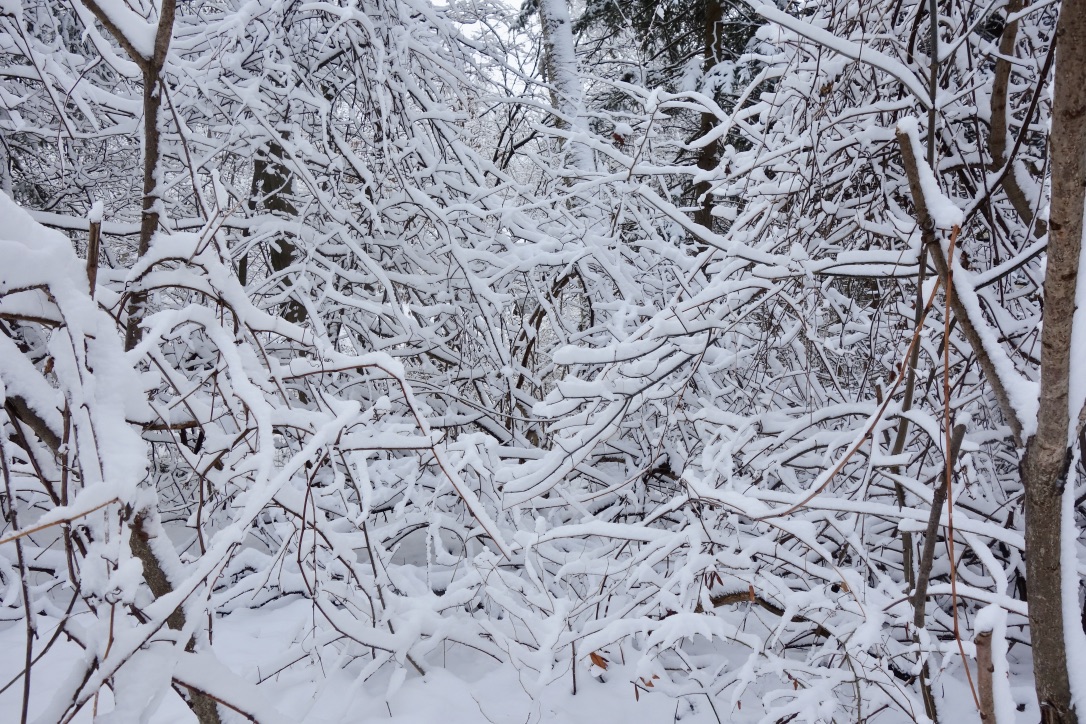



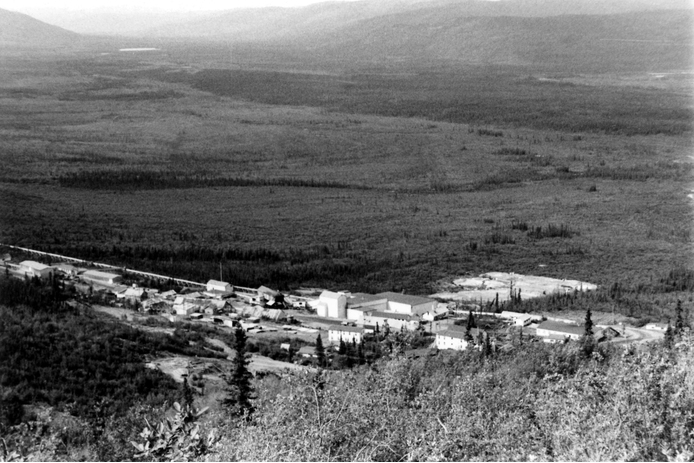
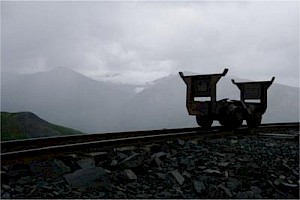 “The legendary
“The legendary 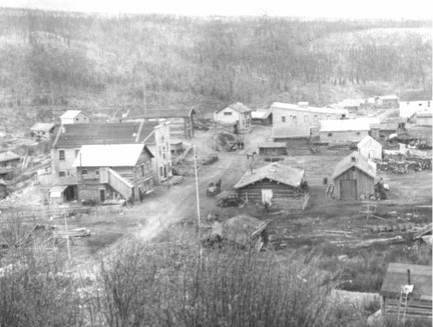
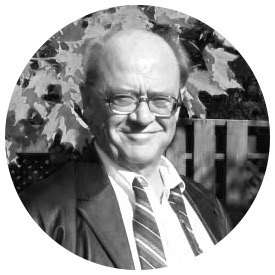


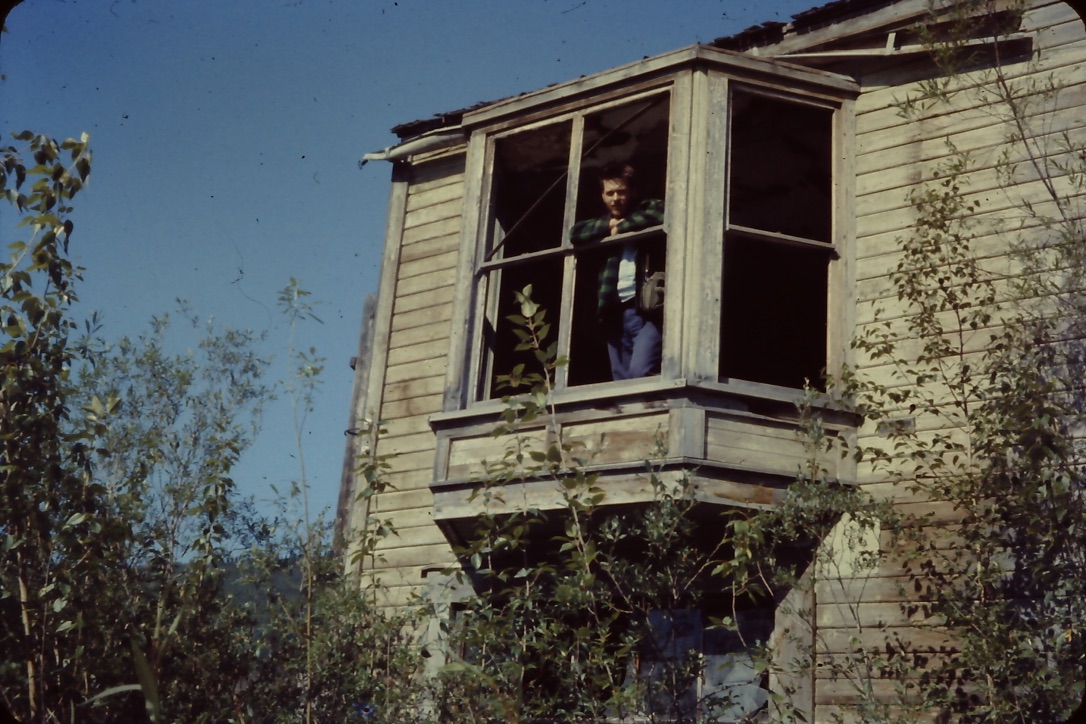


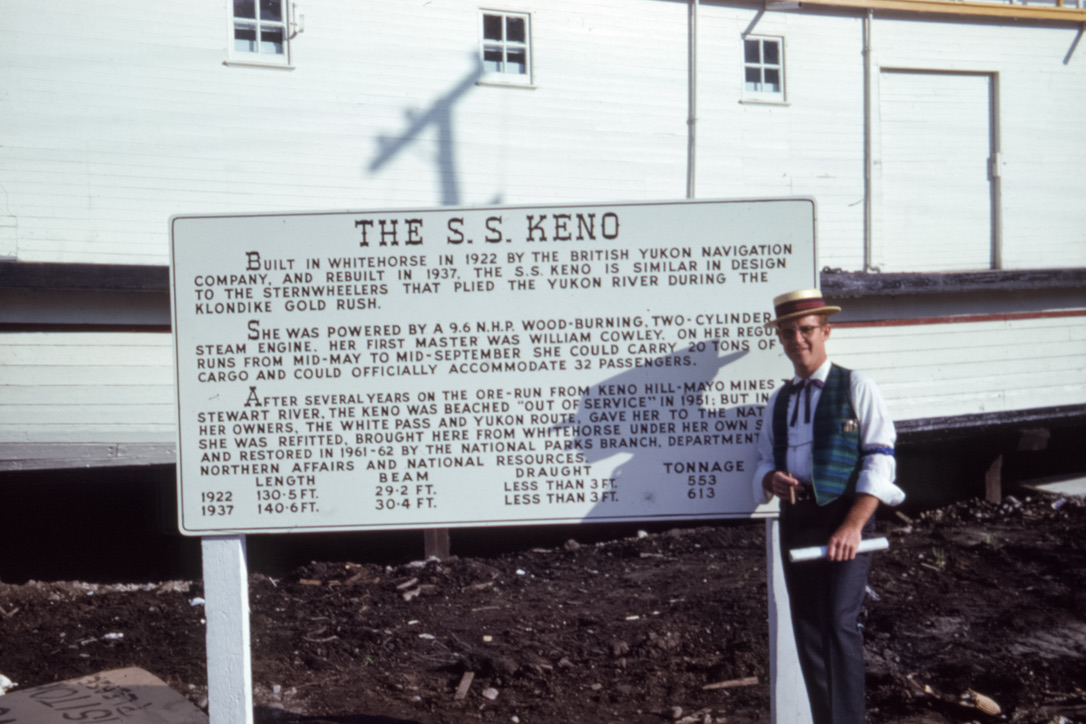

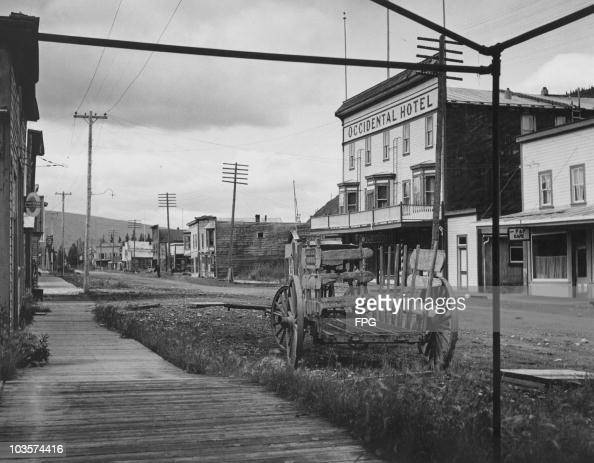
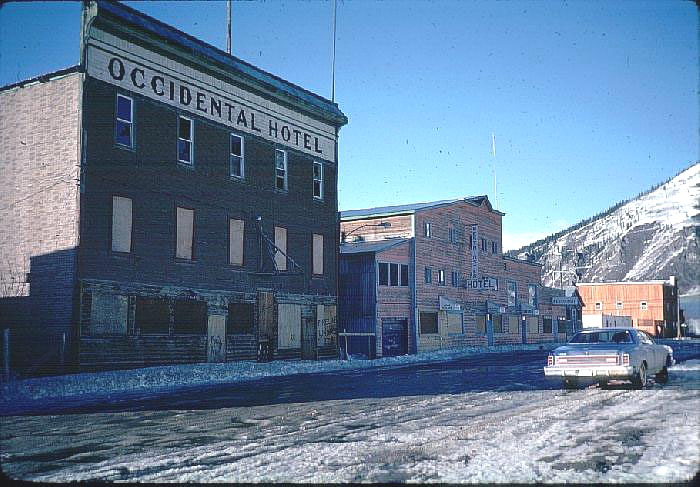
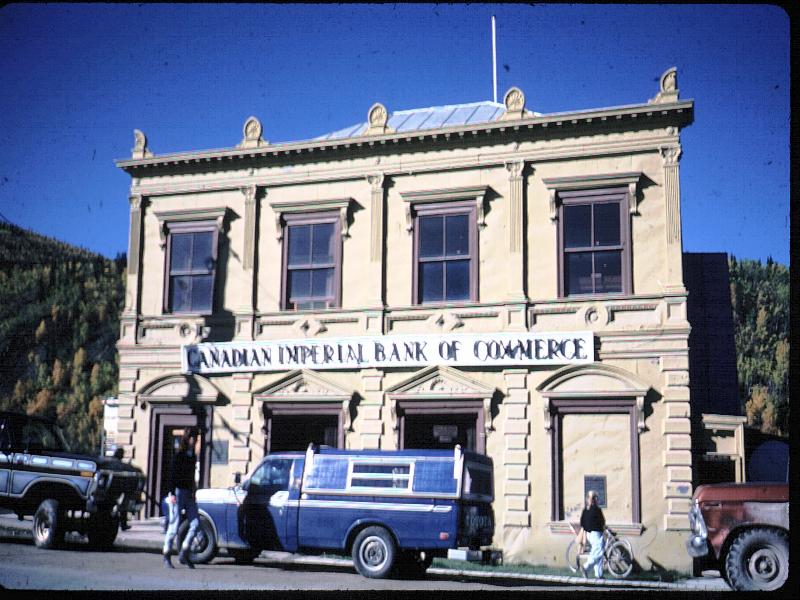


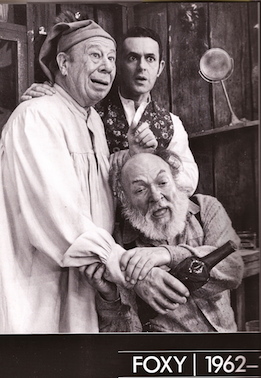
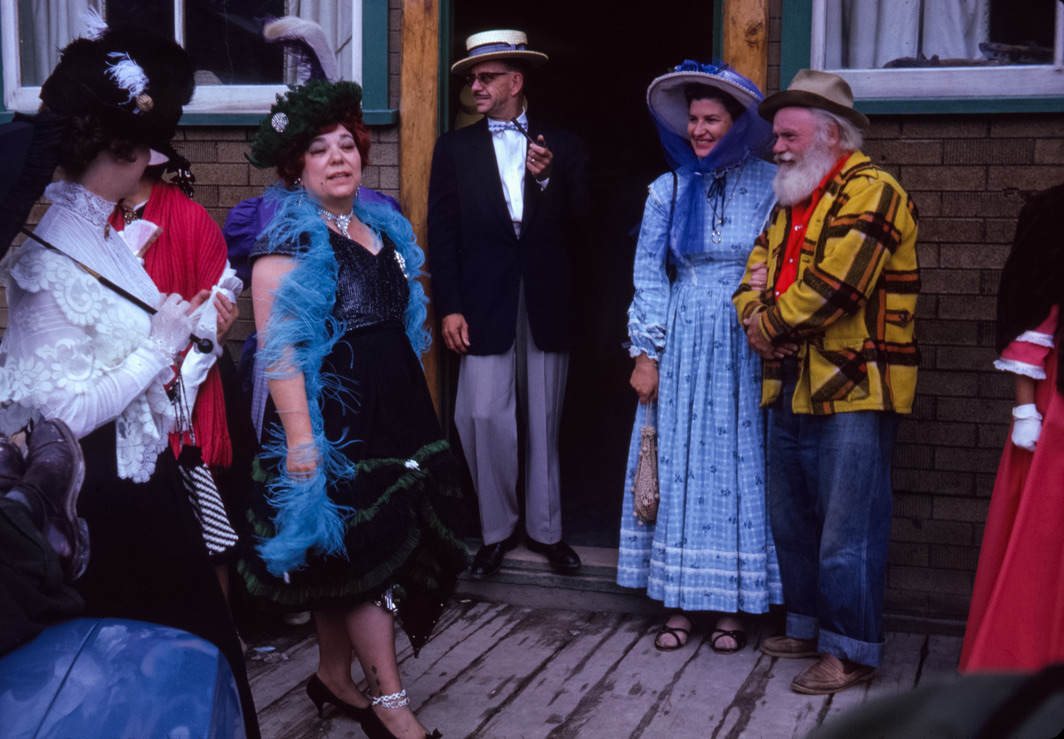

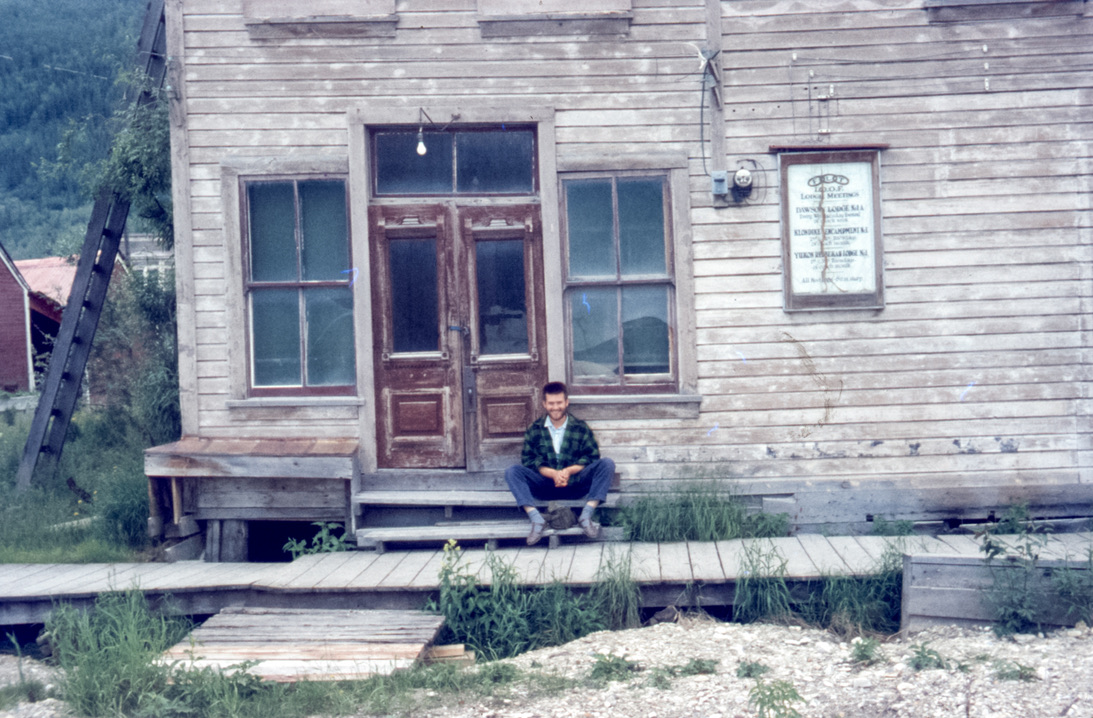


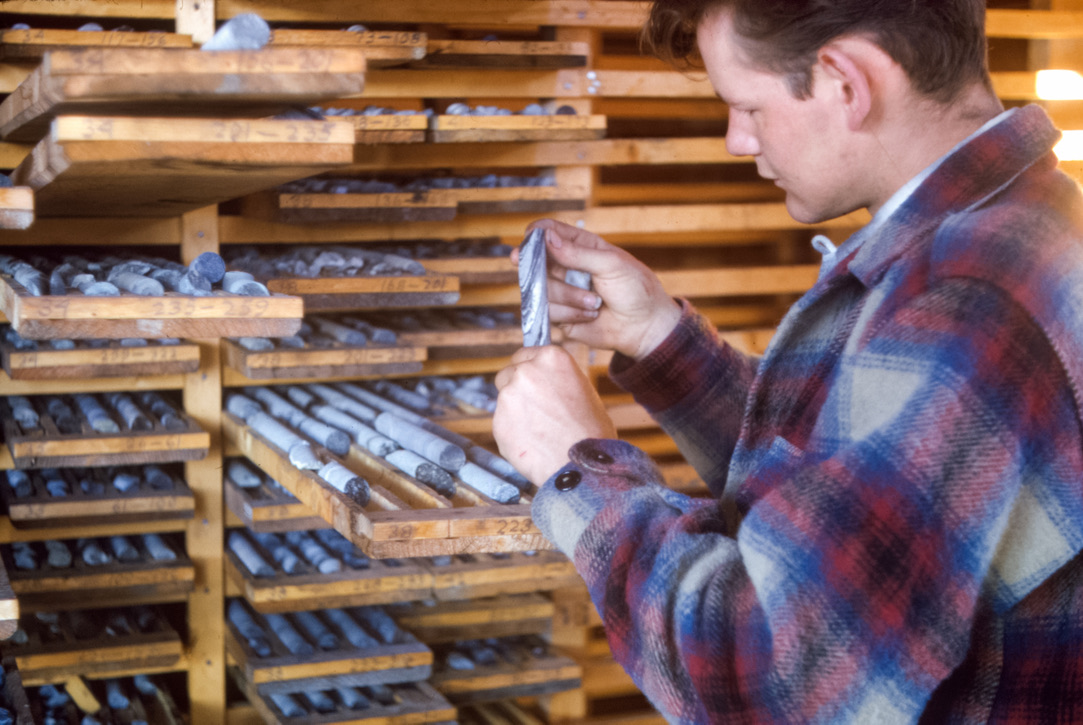
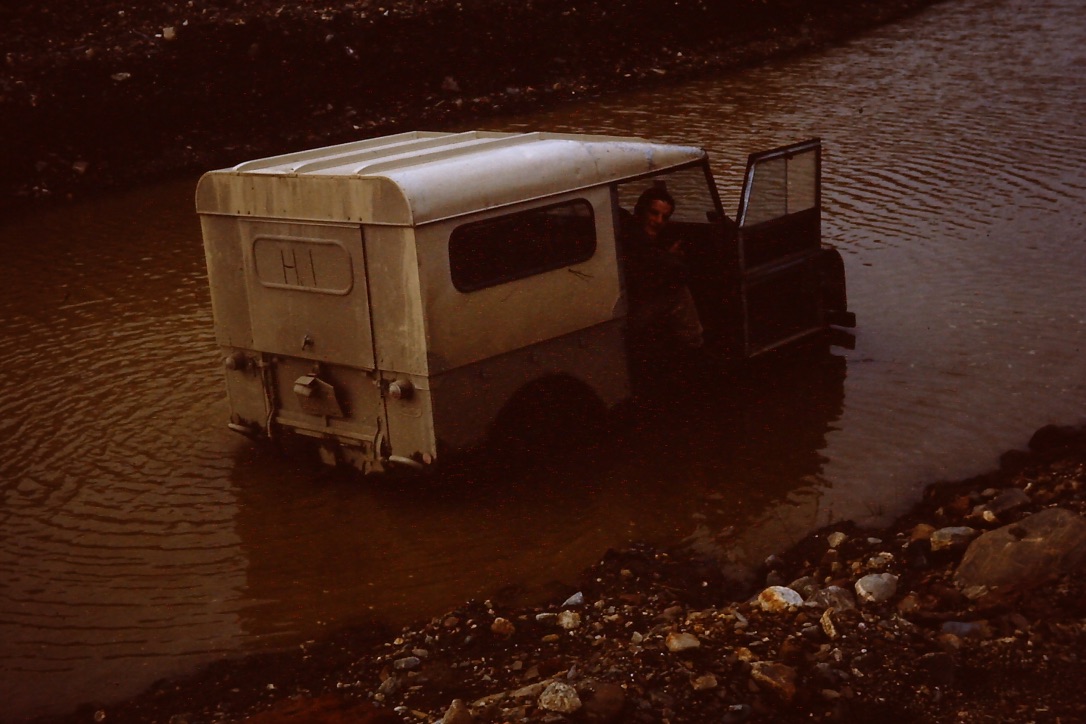



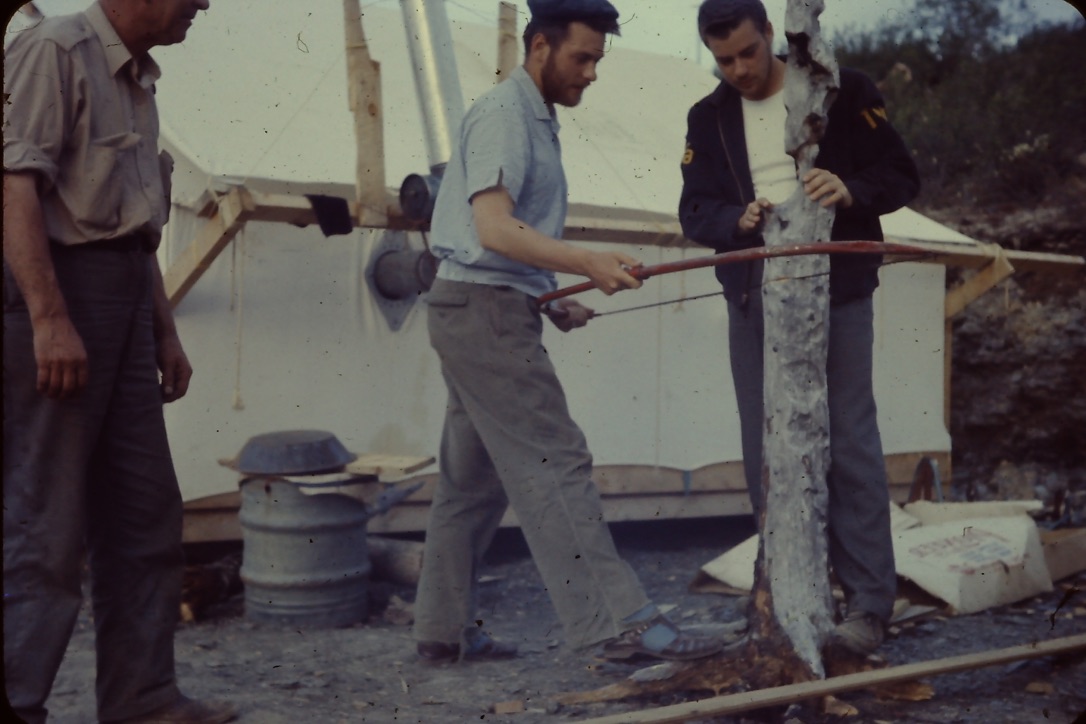

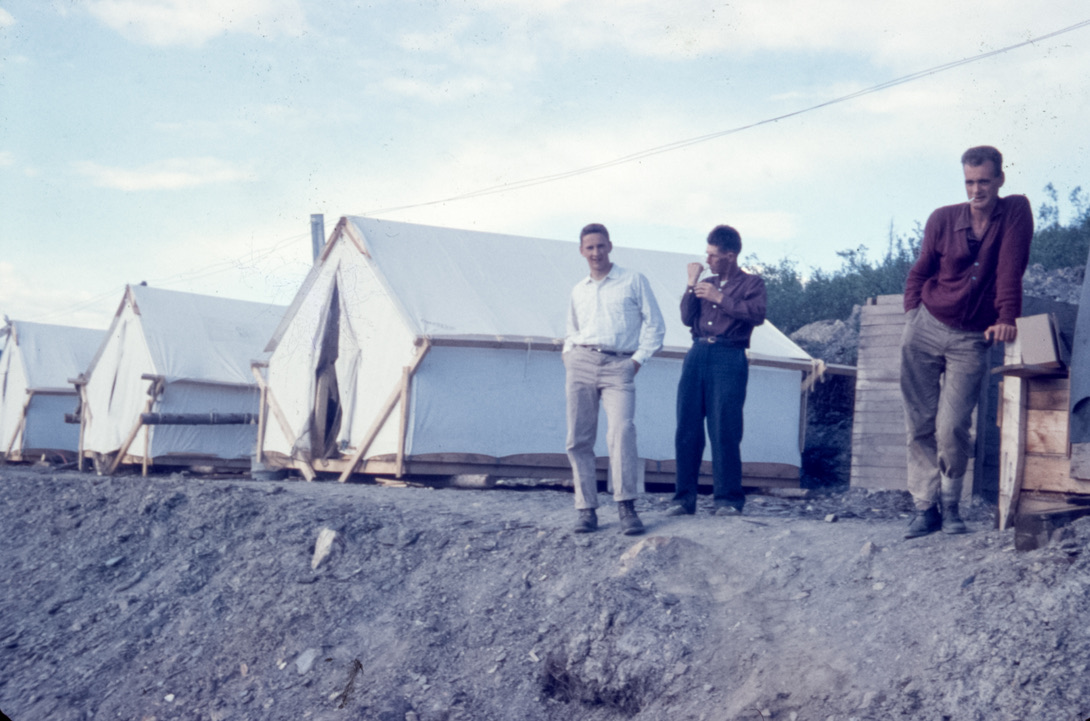
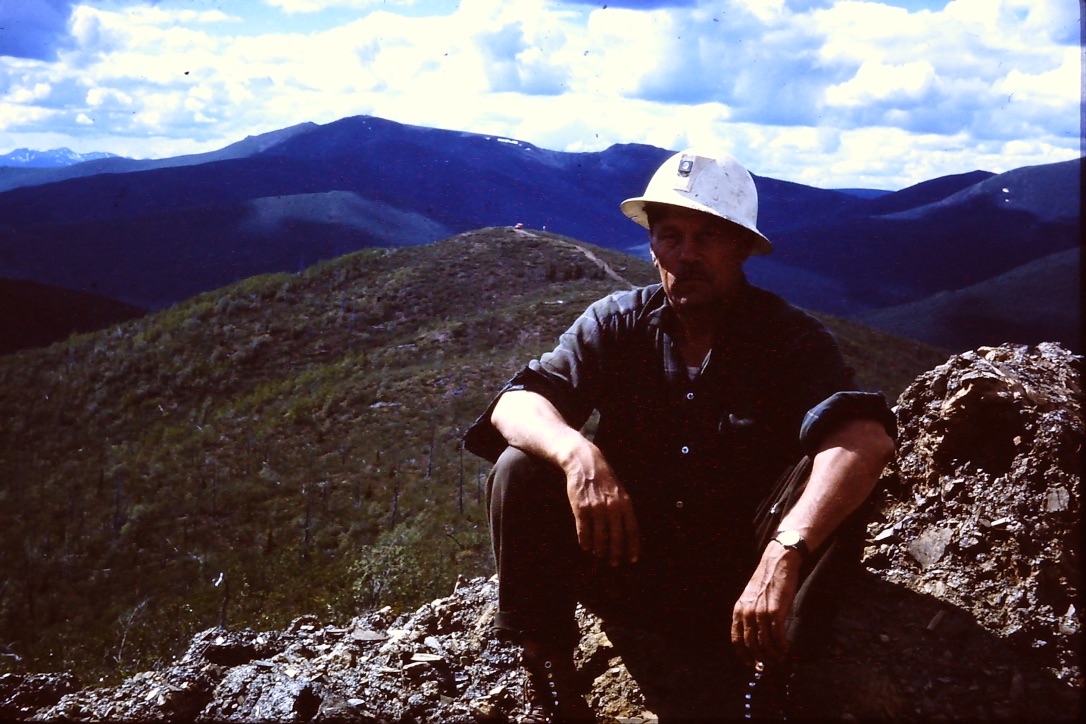
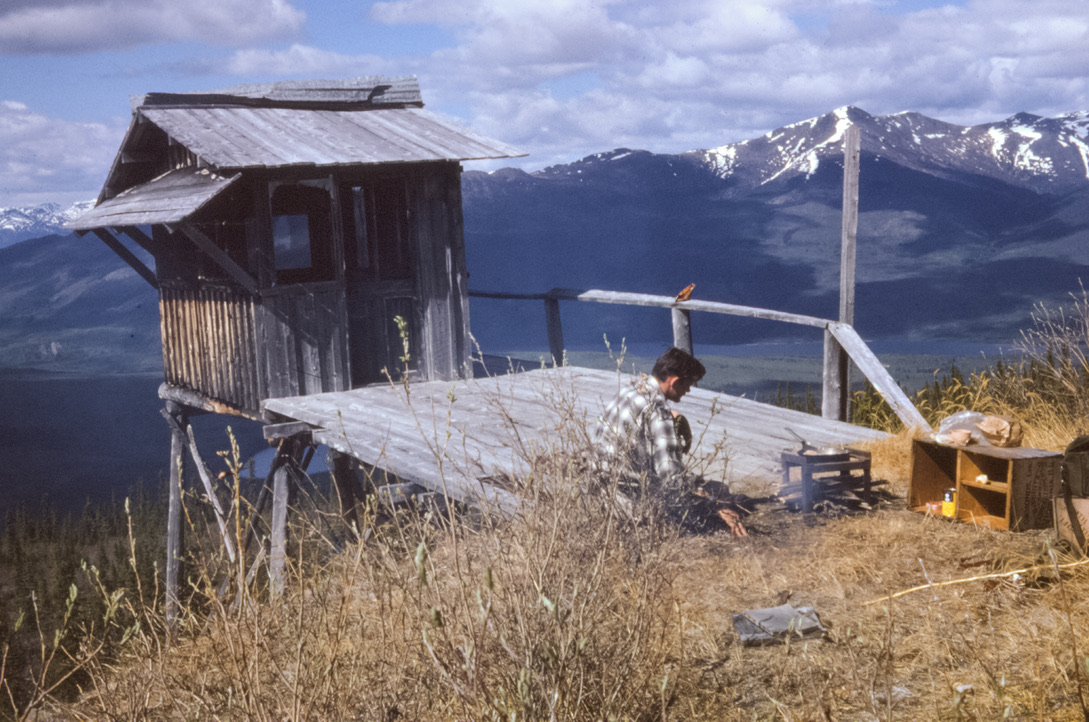
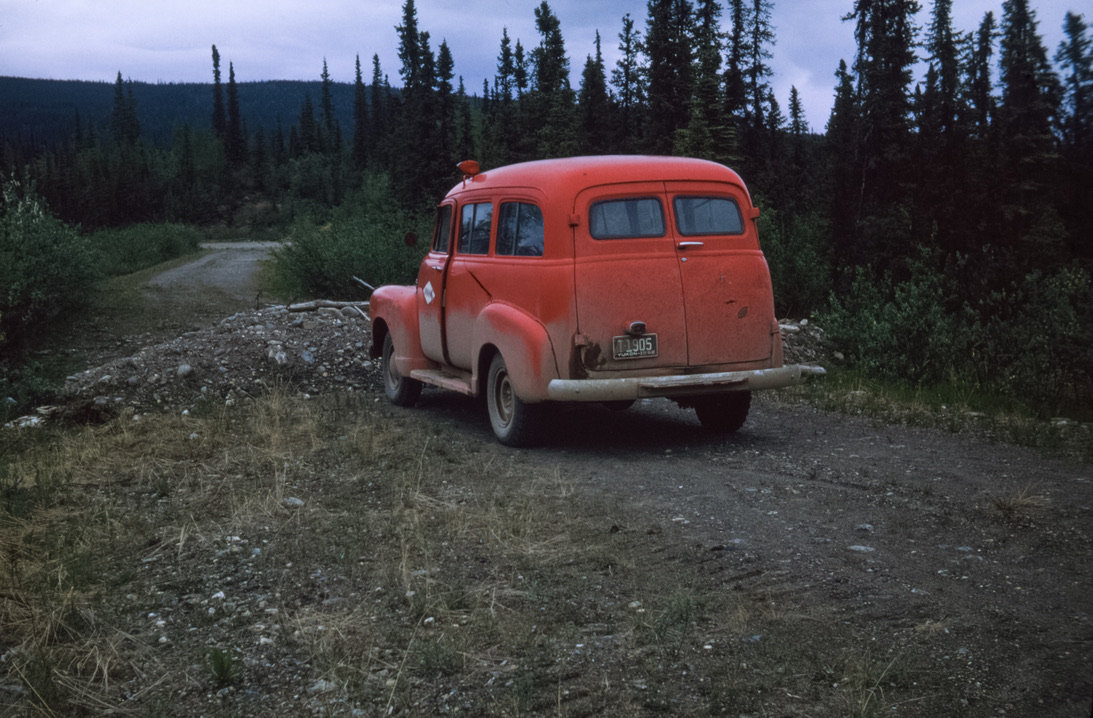
 chris-nicole.com/wp-content/uploads/2017/08/Chris-and-Nicole-CNA-Photos-visit-keno-city-yukon-14-300×200.jpg 300w,
chris-nicole.com/wp-content/uploads/2017/08/Chris-and-Nicole-CNA-Photos-visit-keno-city-yukon-14-300×200.jpg 300w, 

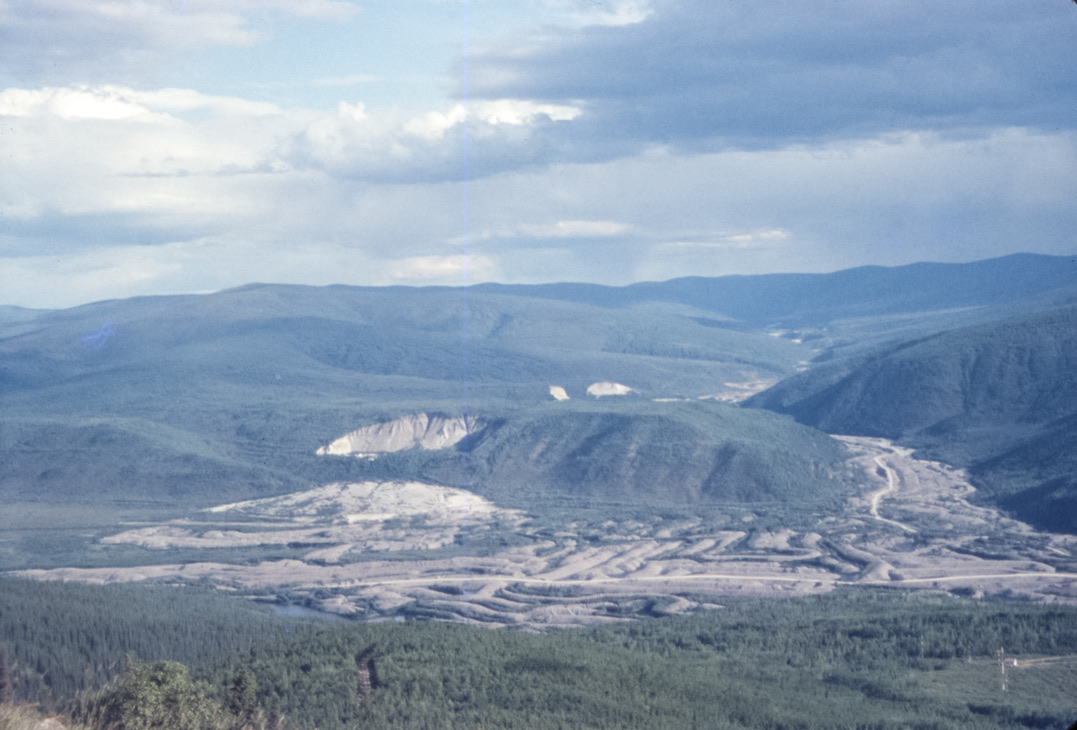
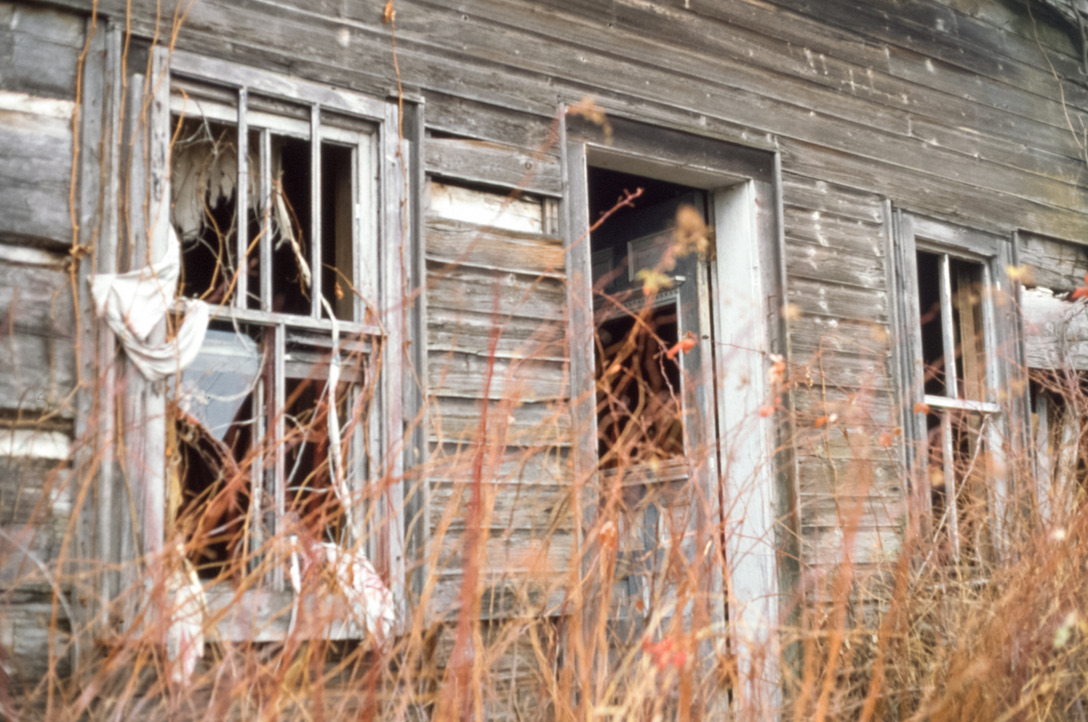


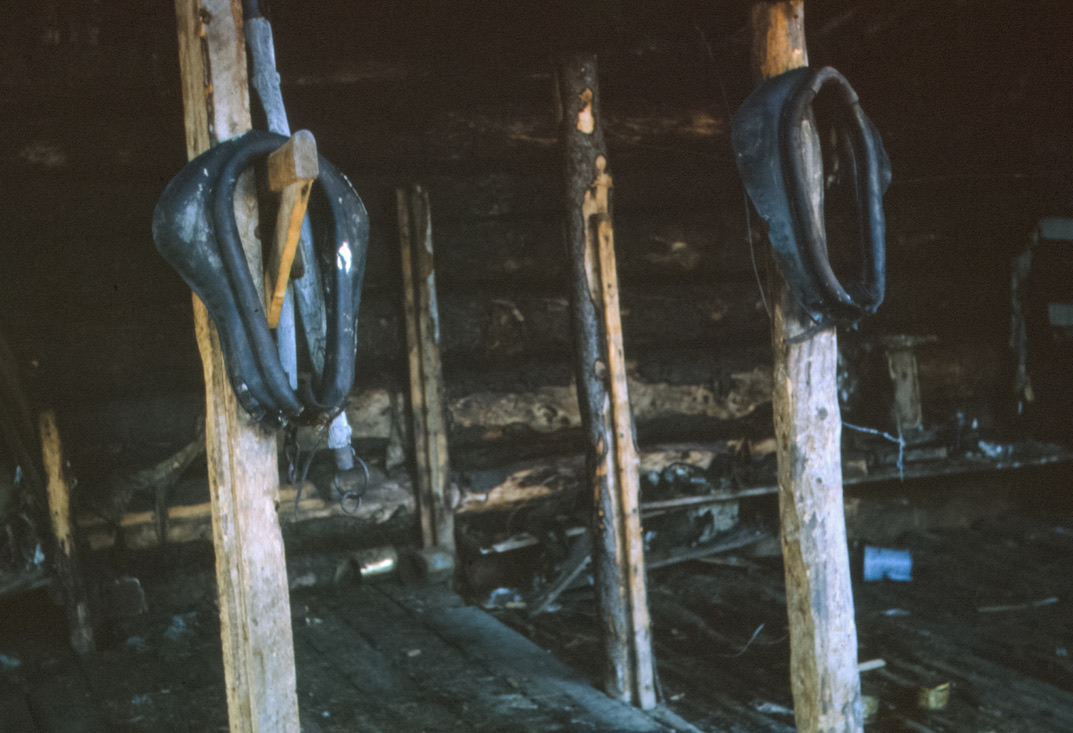
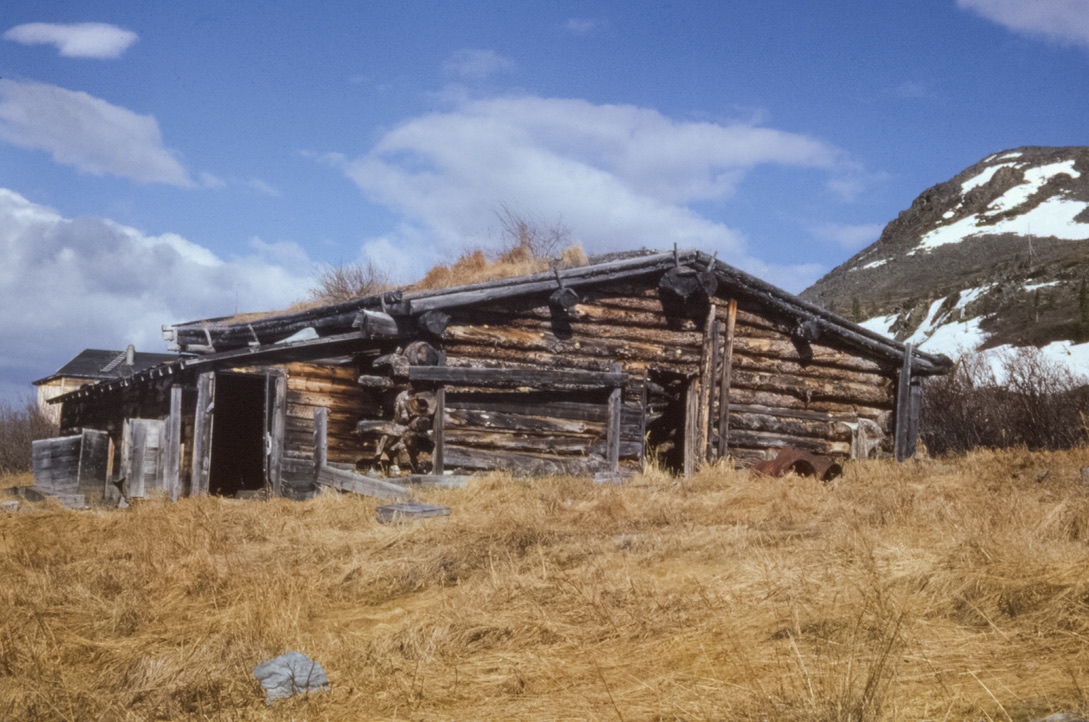
 chris-nicole.com/wp-content/uploads/2017/08/Chris-and-Nicole-CNA-Photos-visit-keno-city-yukon-4-300×200.jpg 300w,
chris-nicole.com/wp-content/uploads/2017/08/Chris-and-Nicole-CNA-Photos-visit-keno-city-yukon-4-300×200.jpg 300w, 